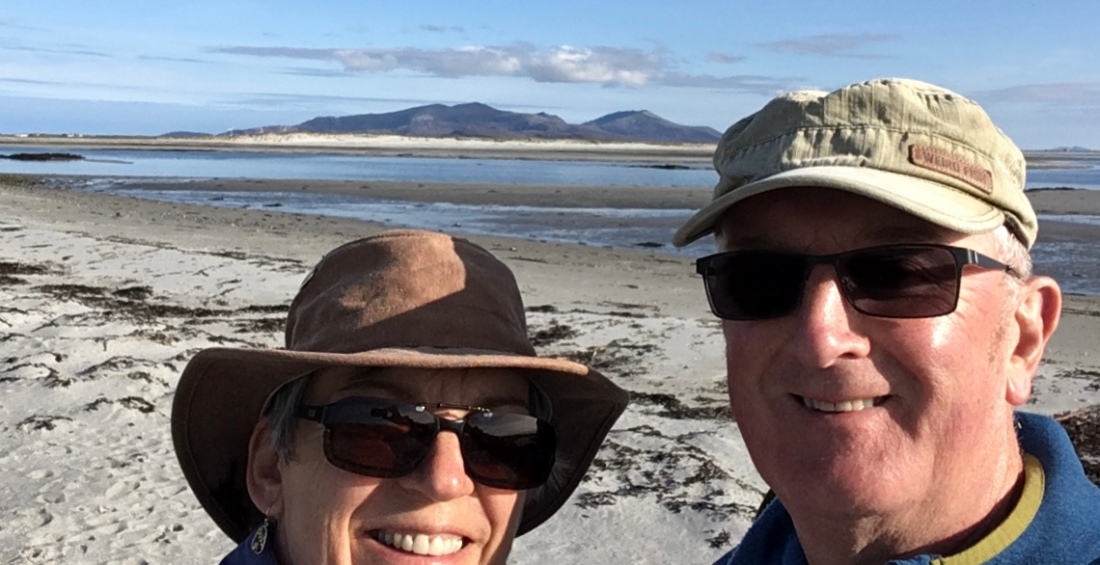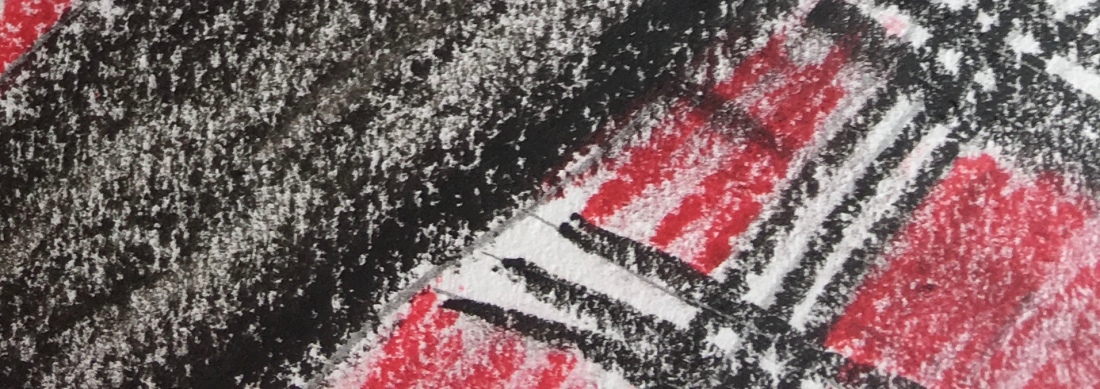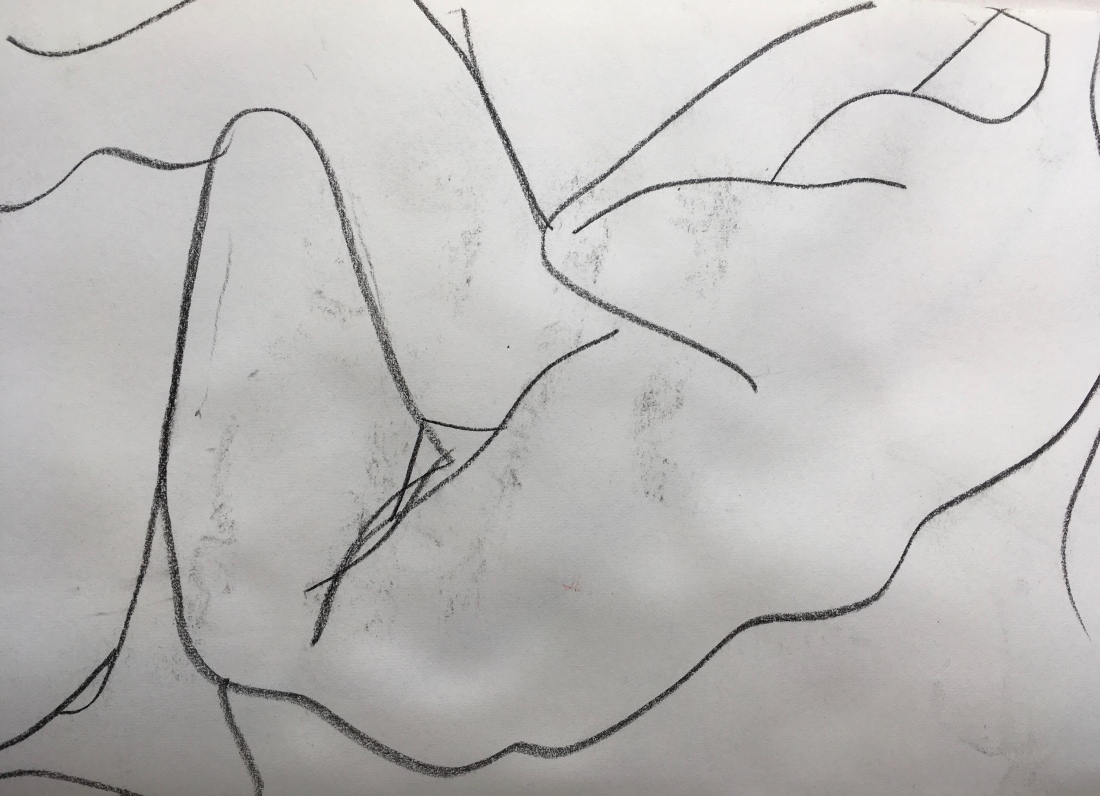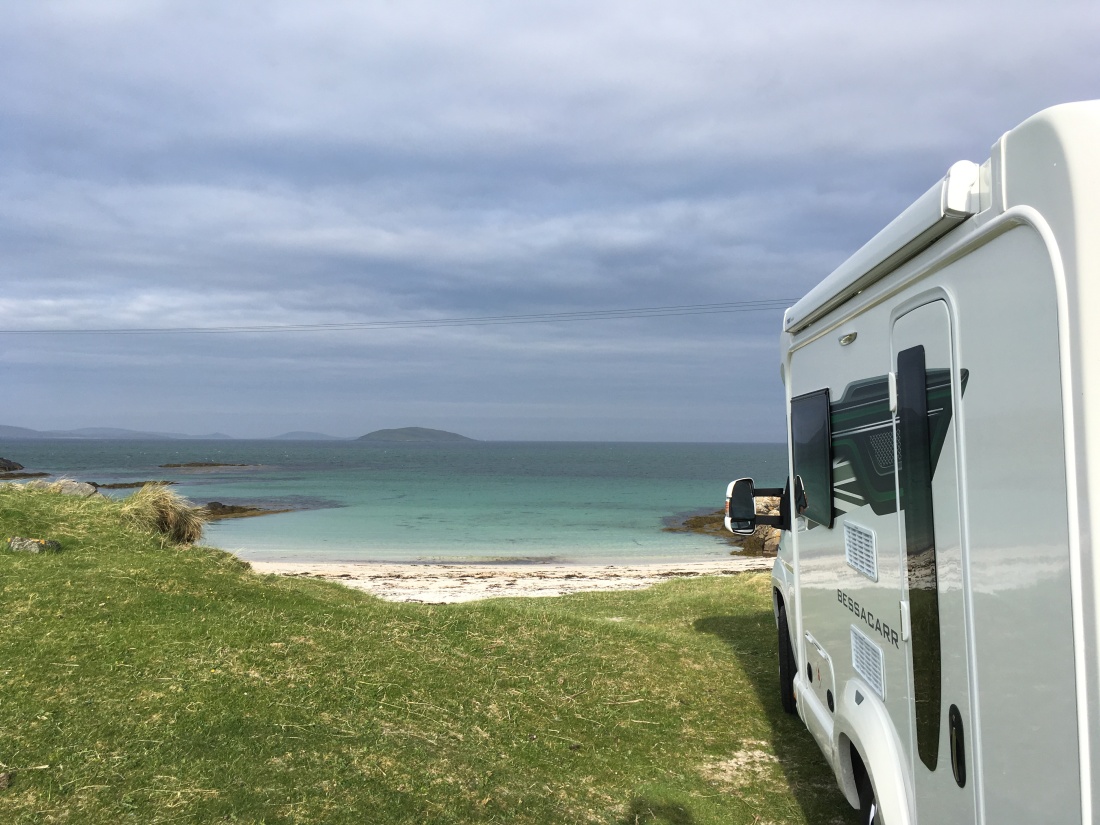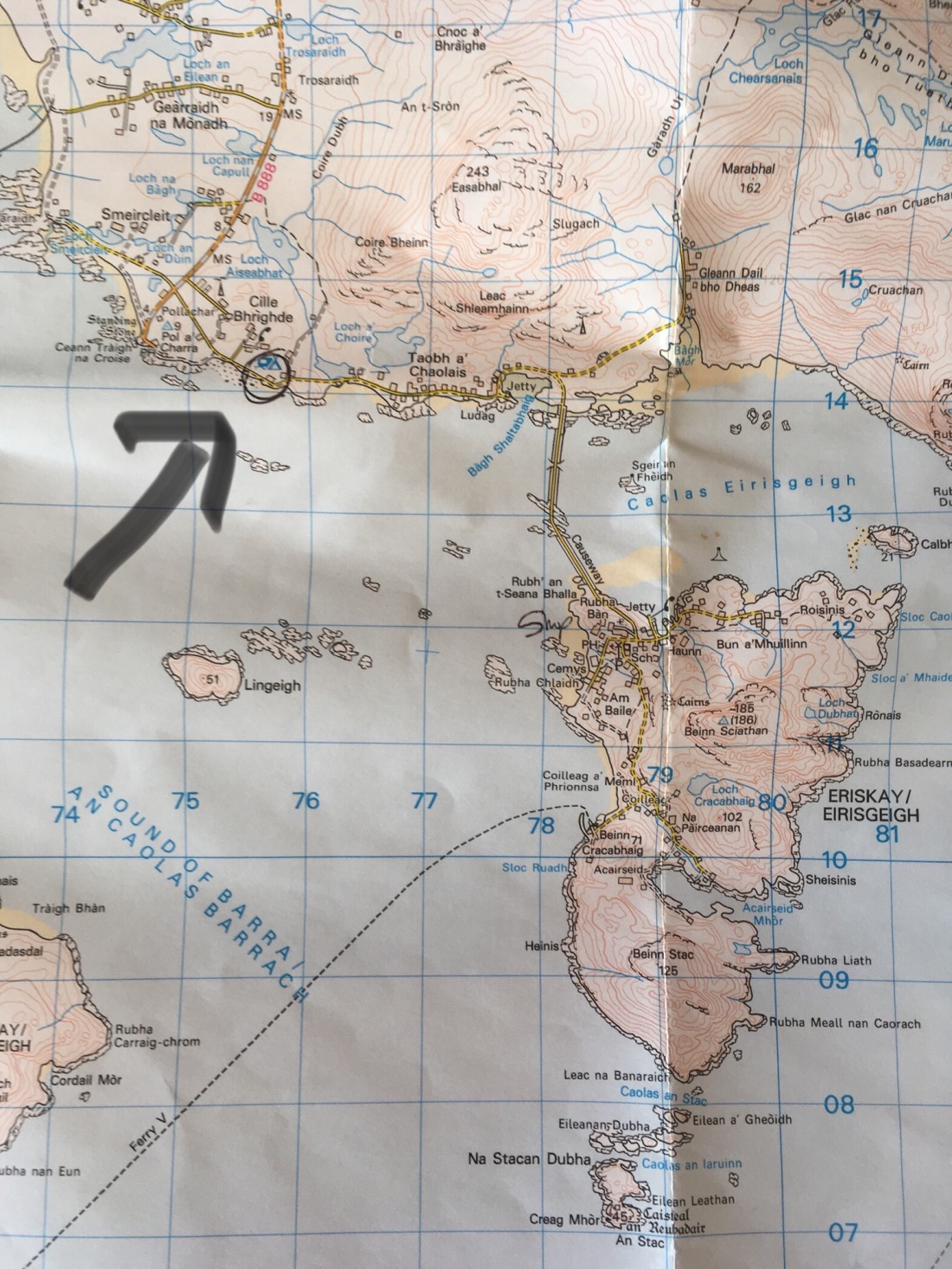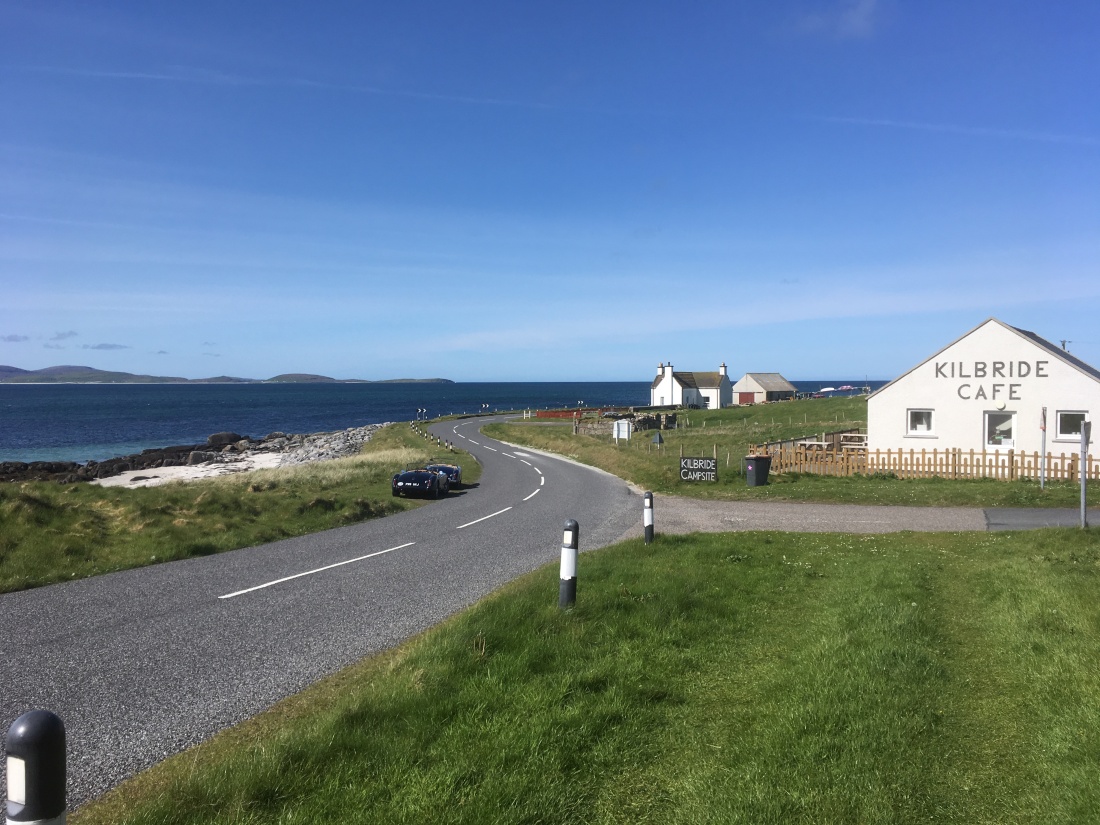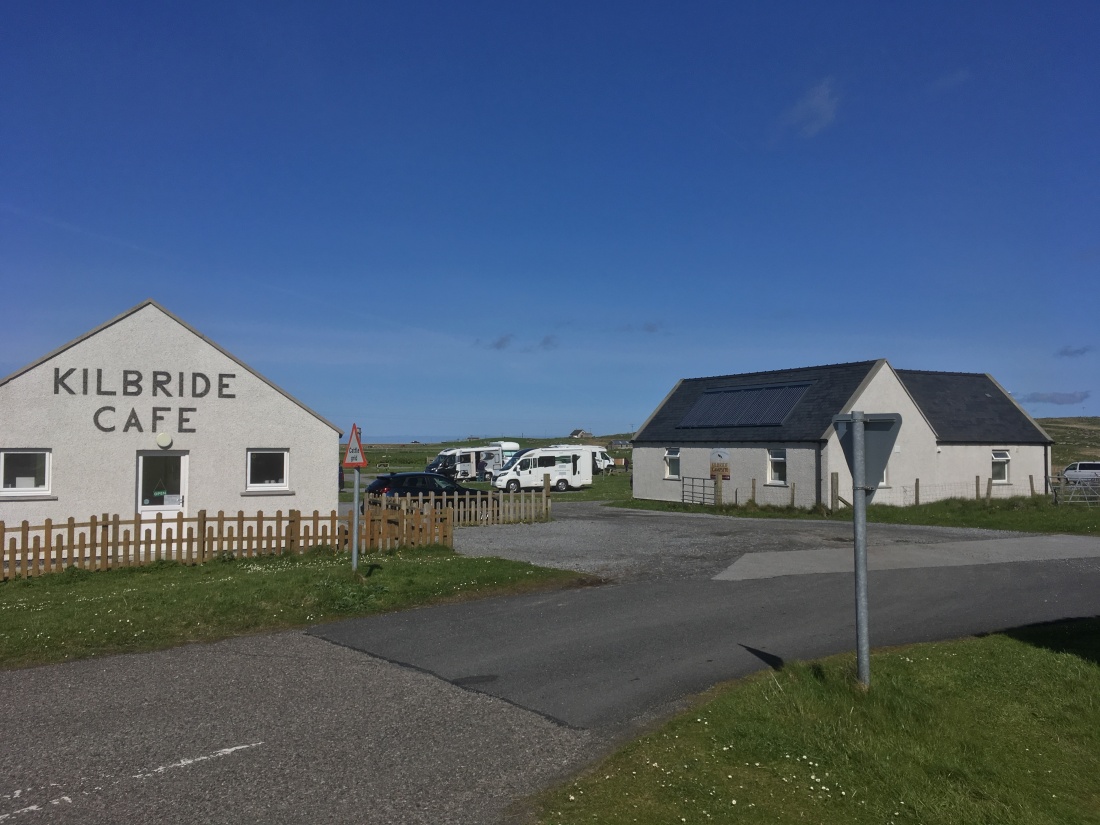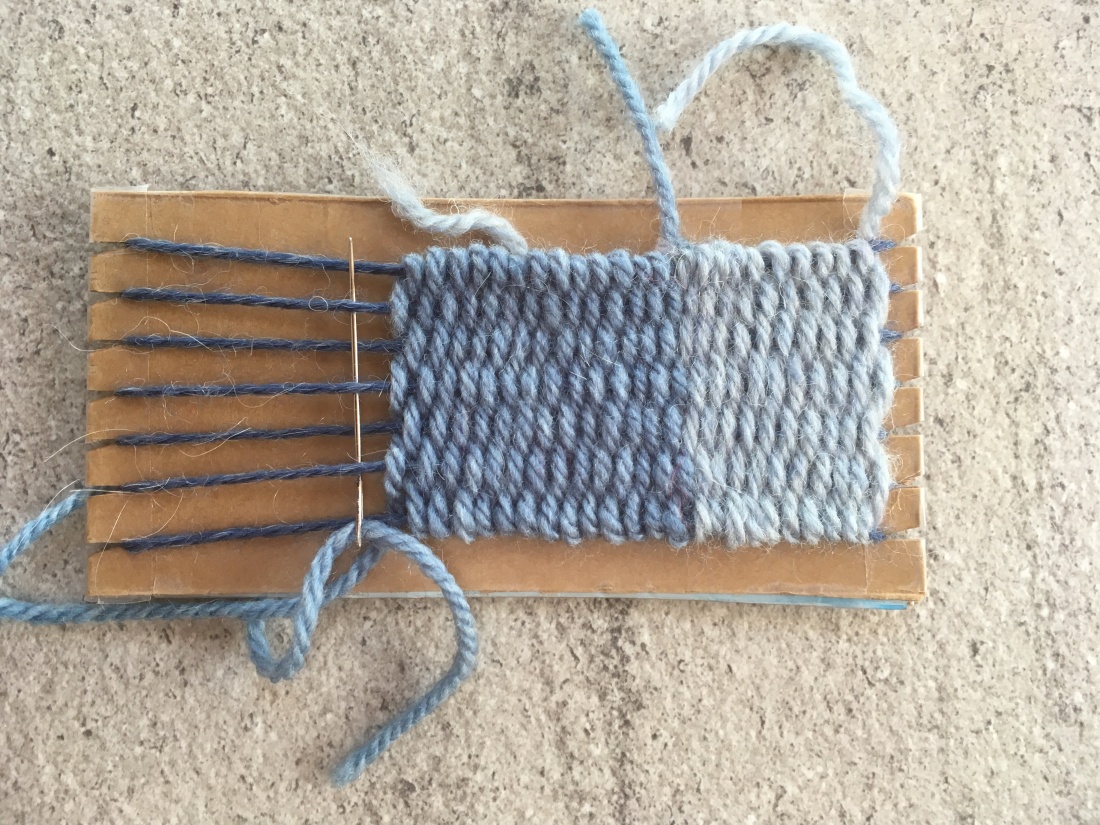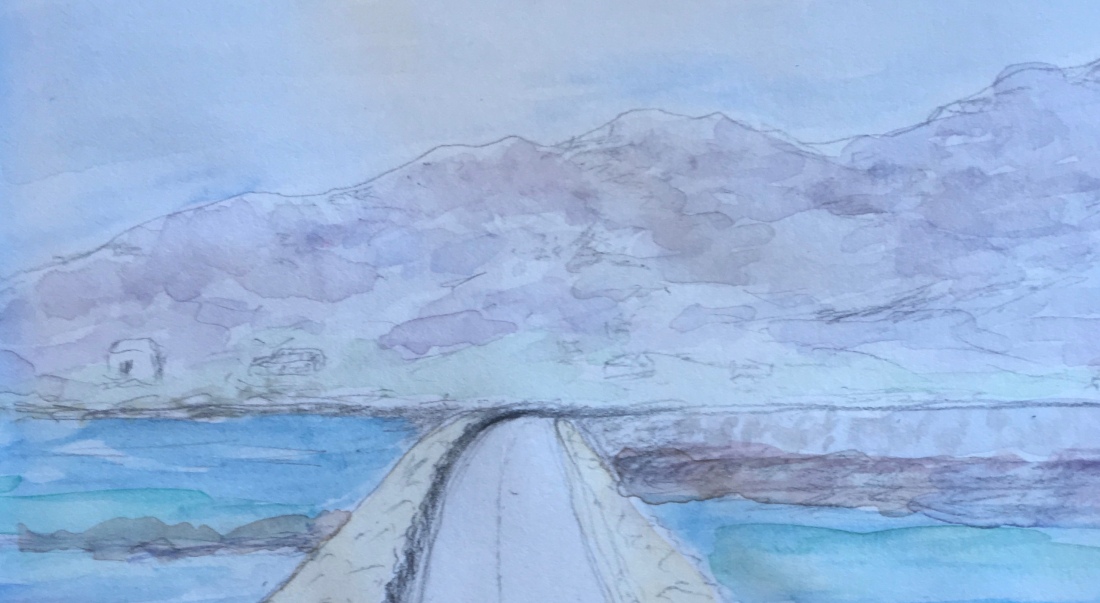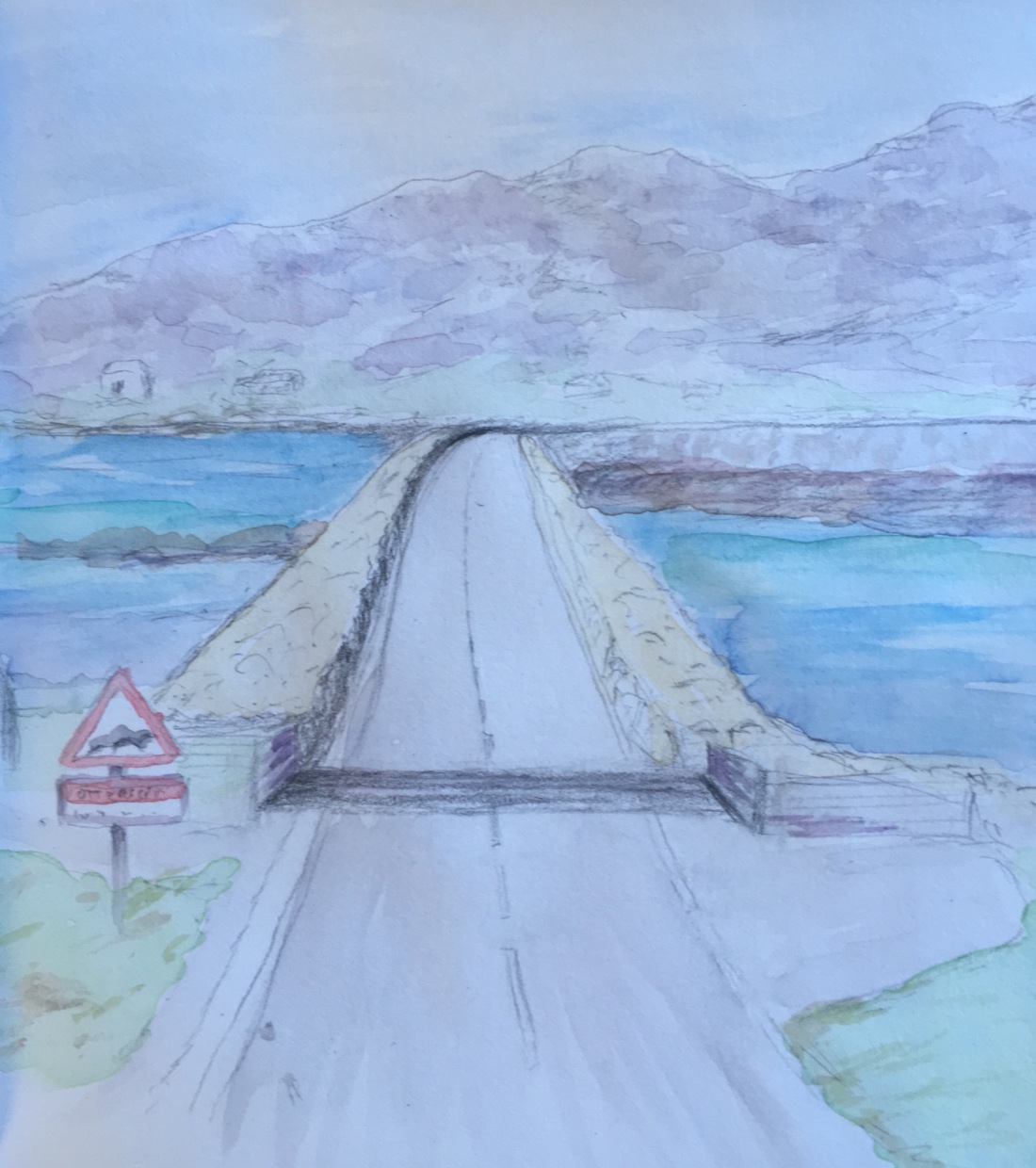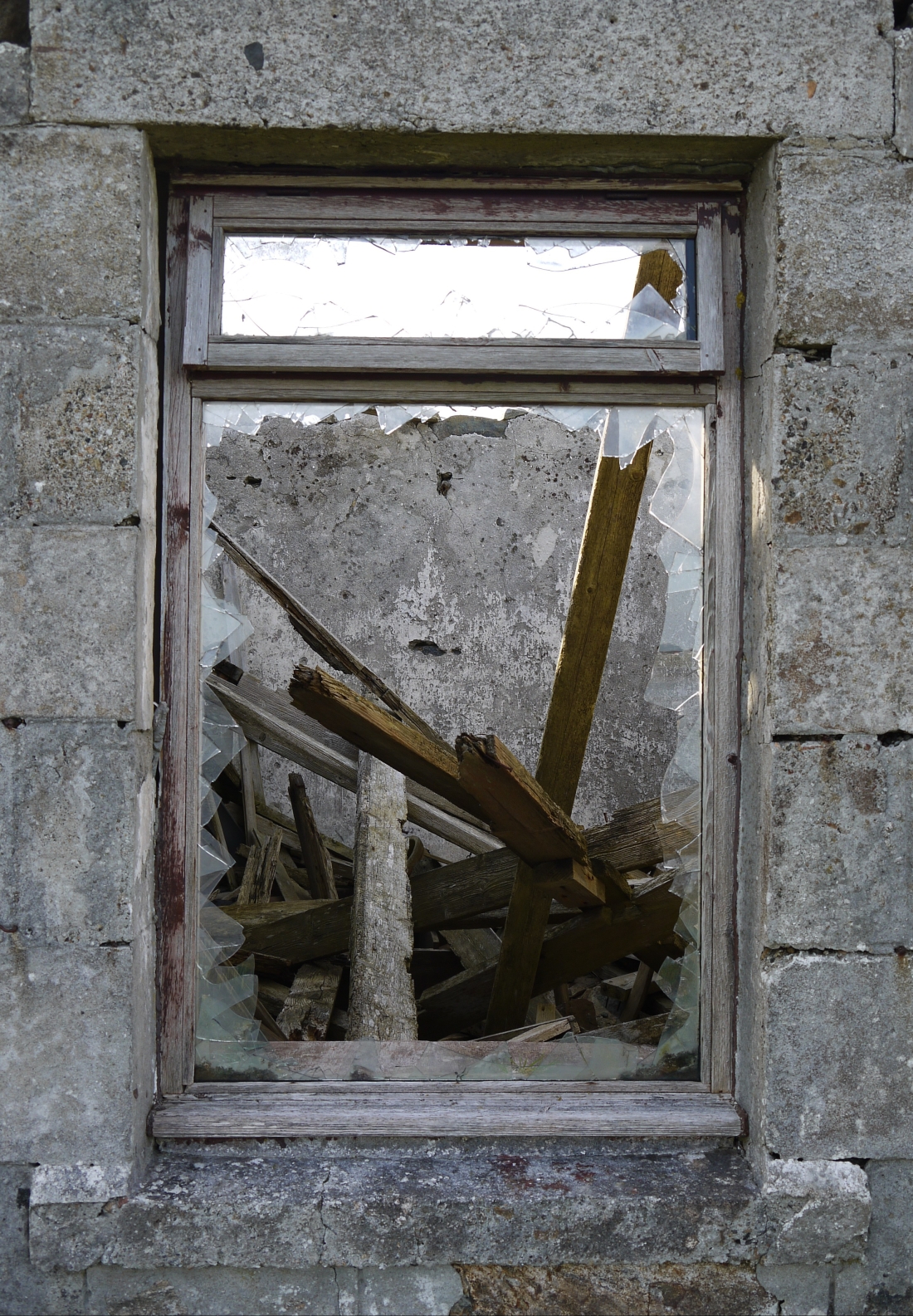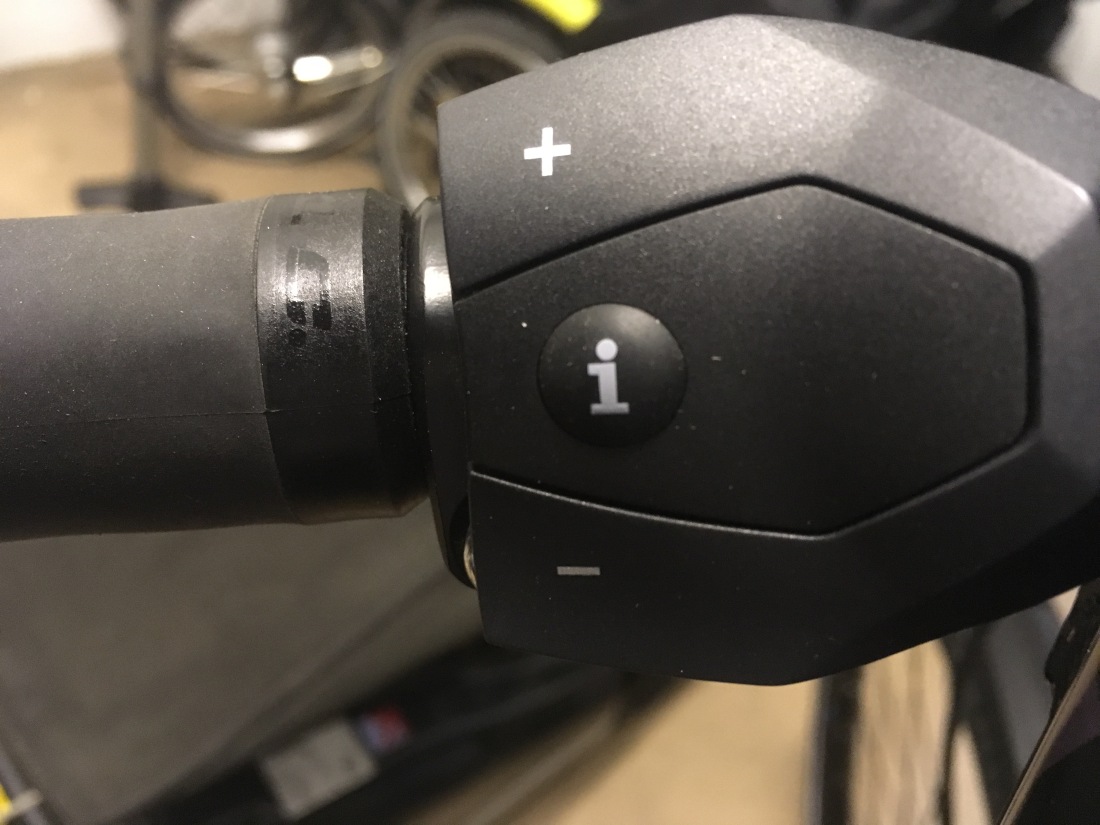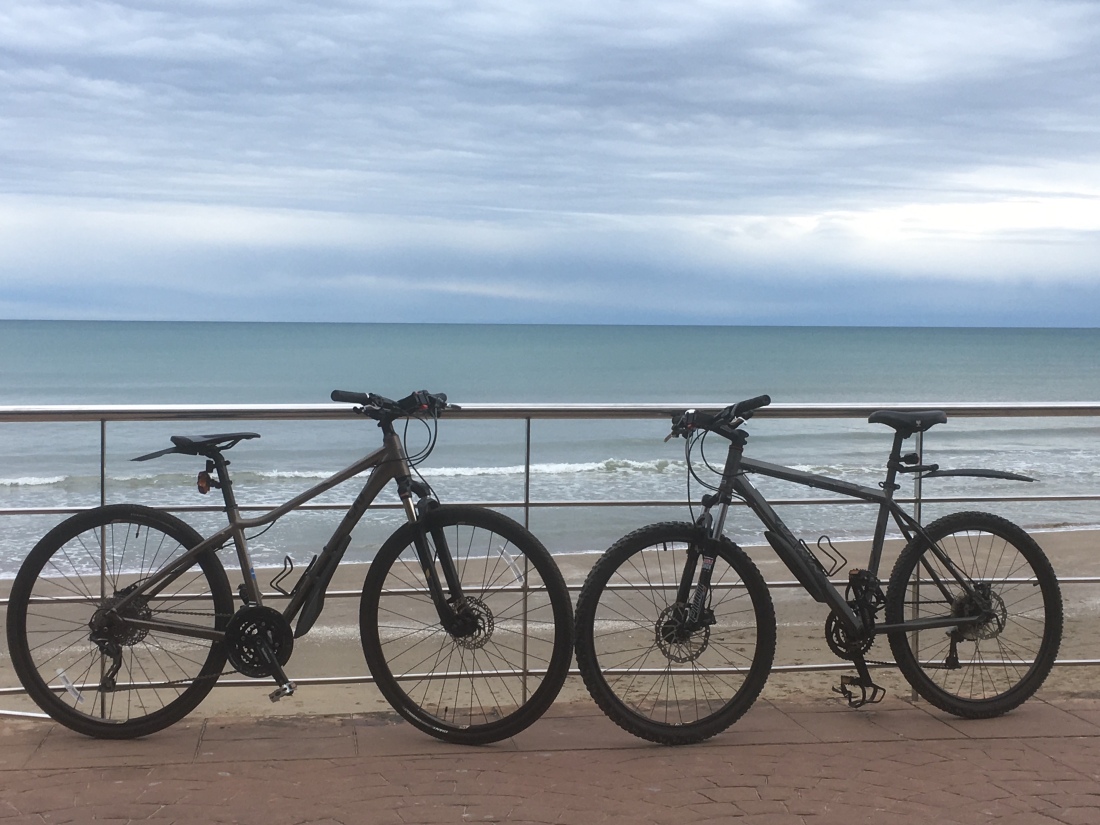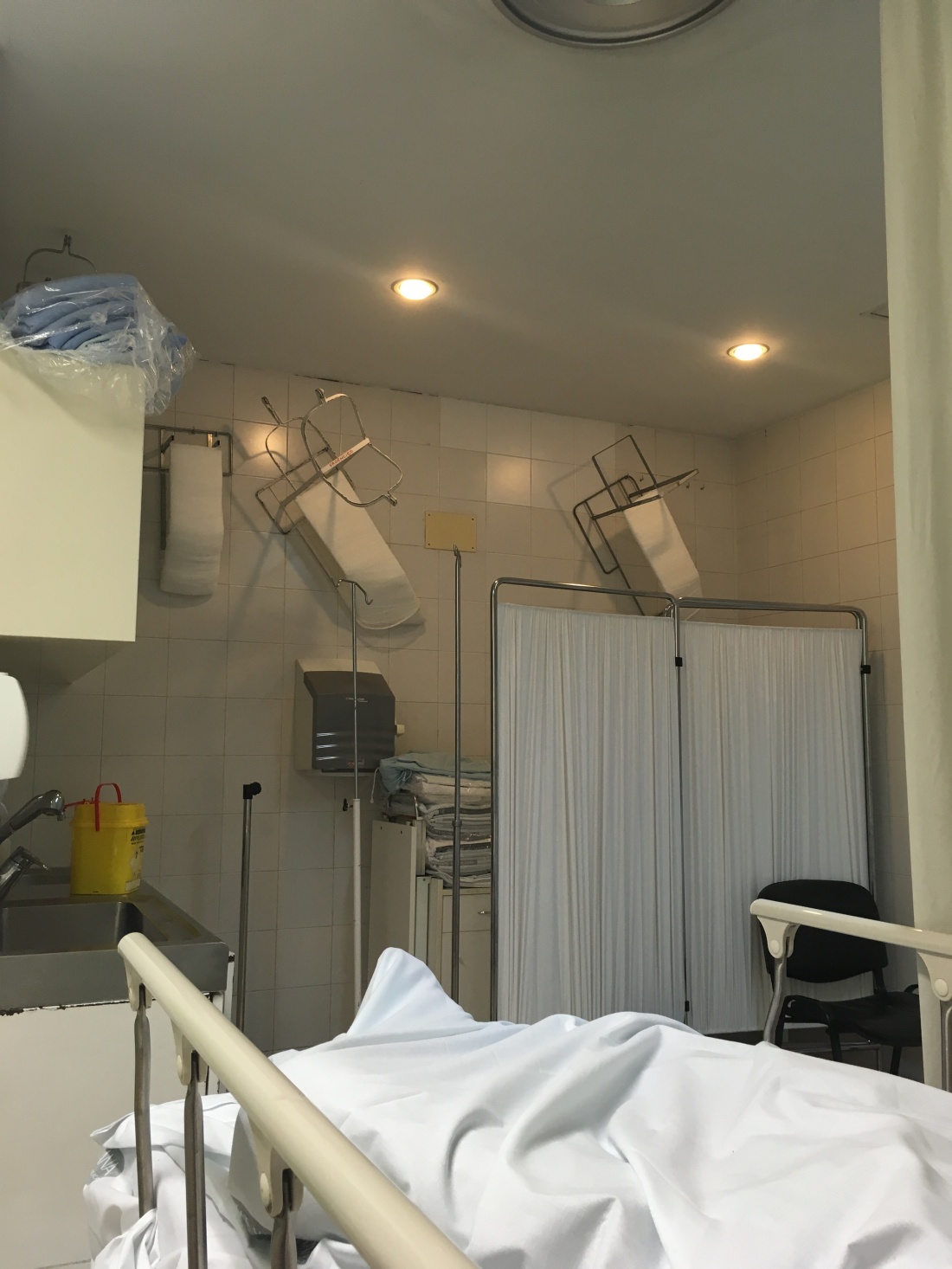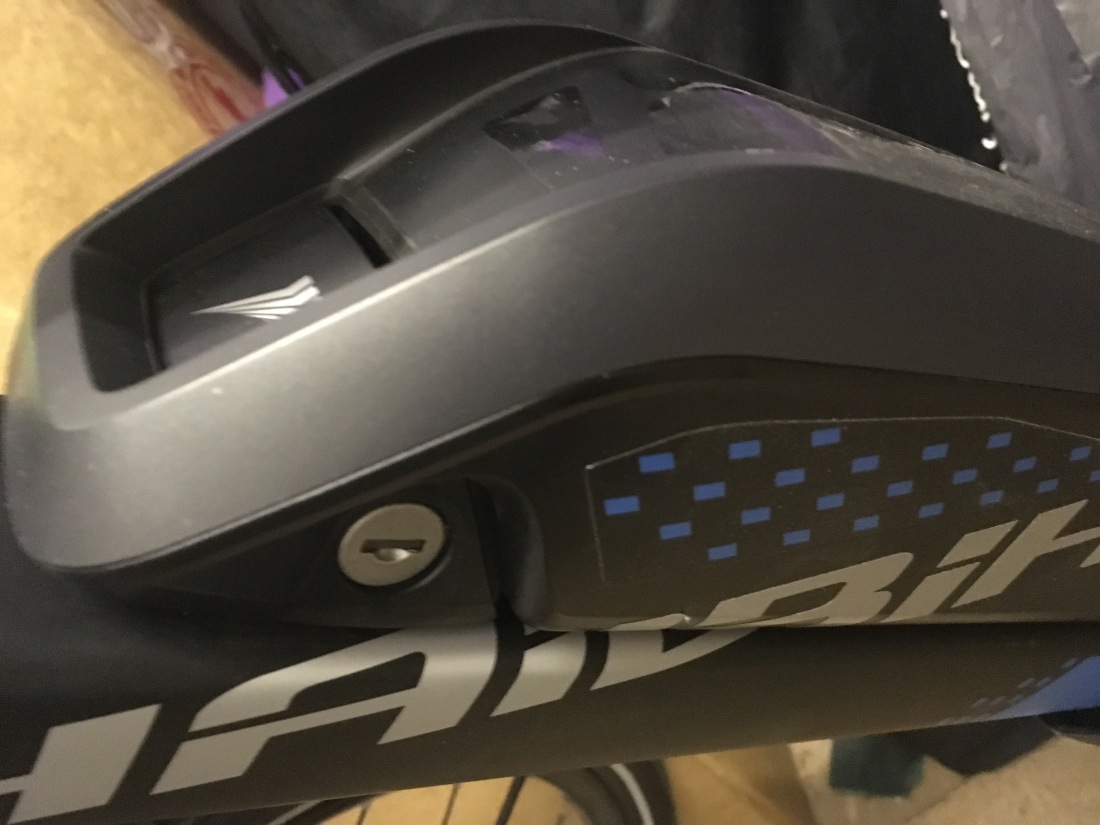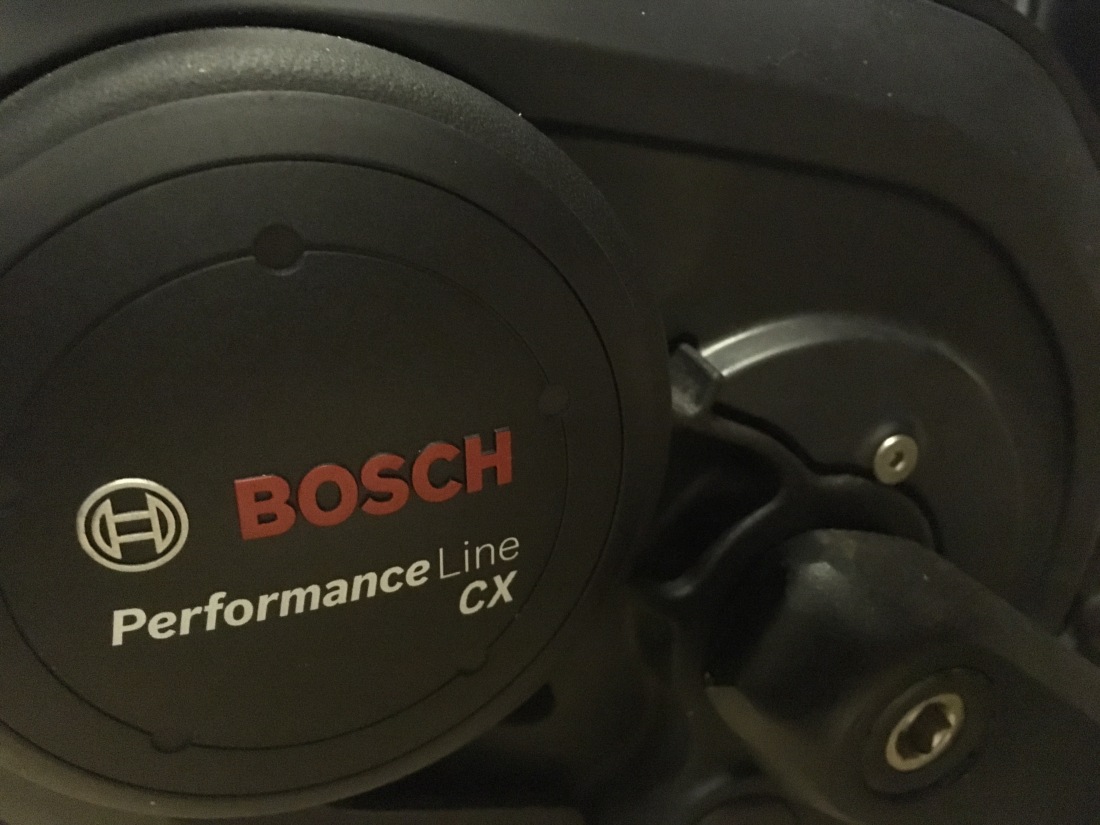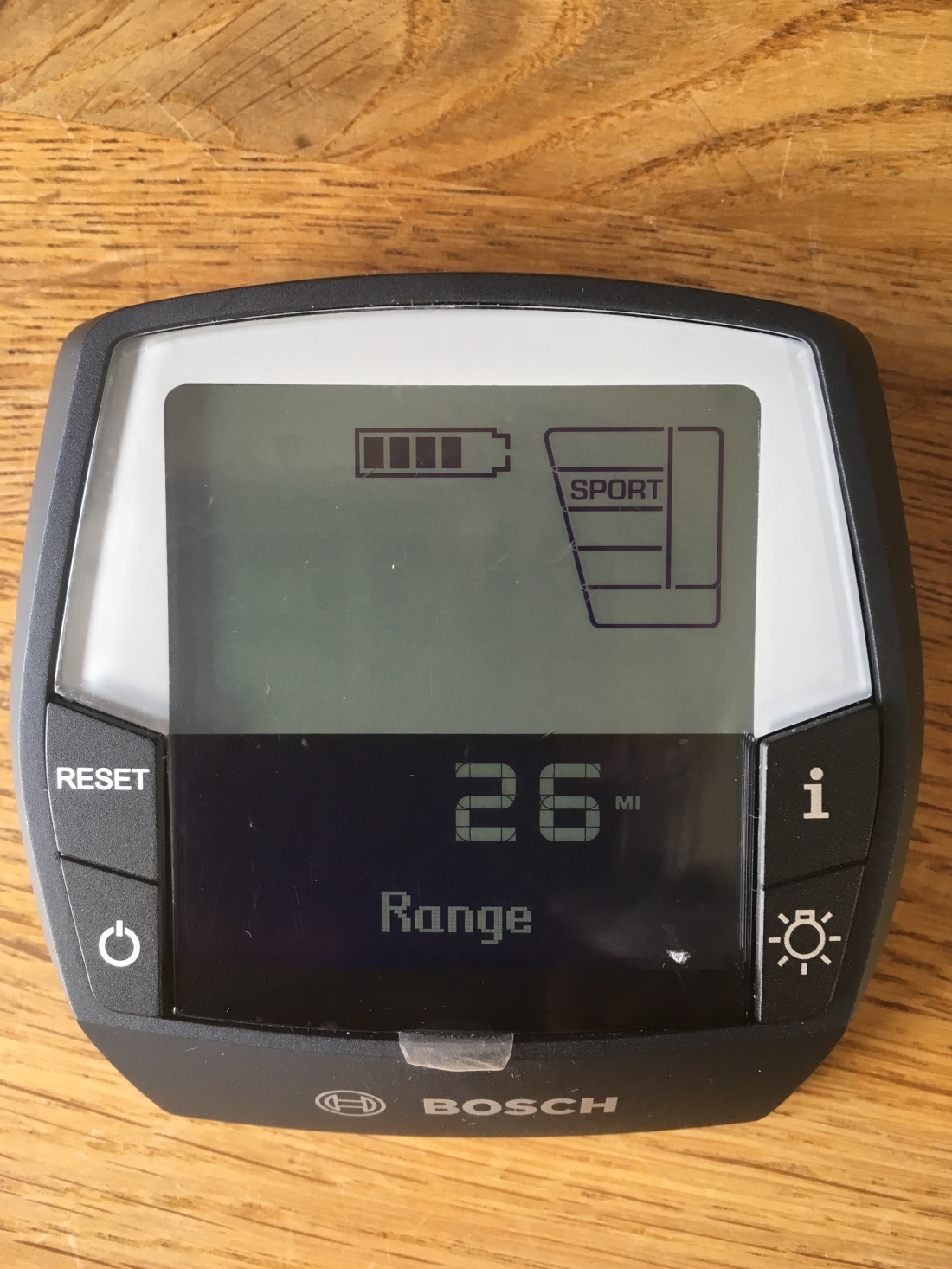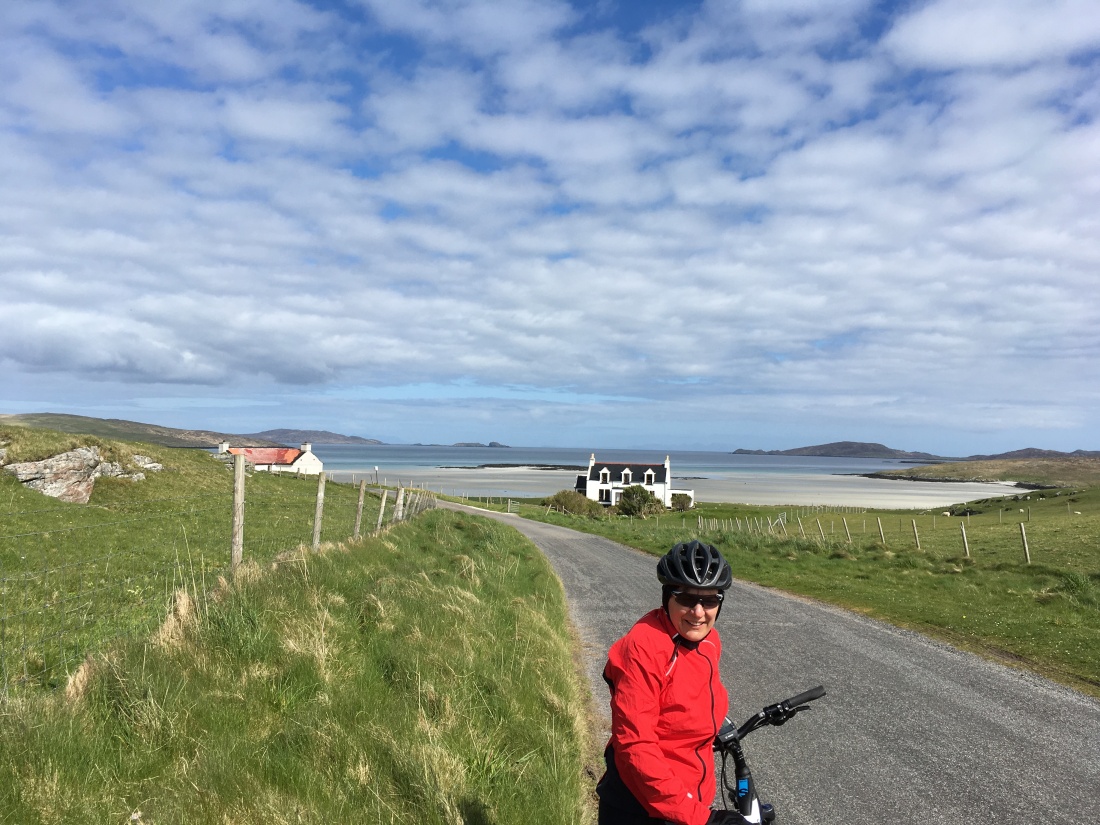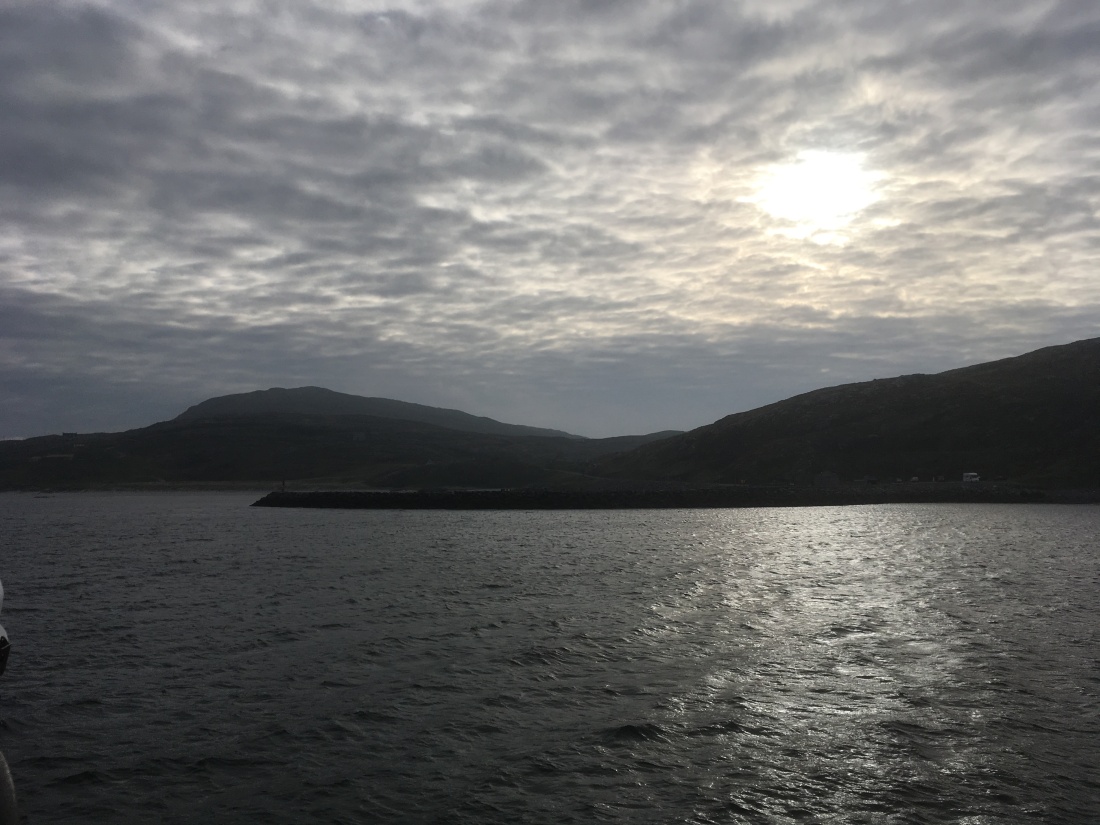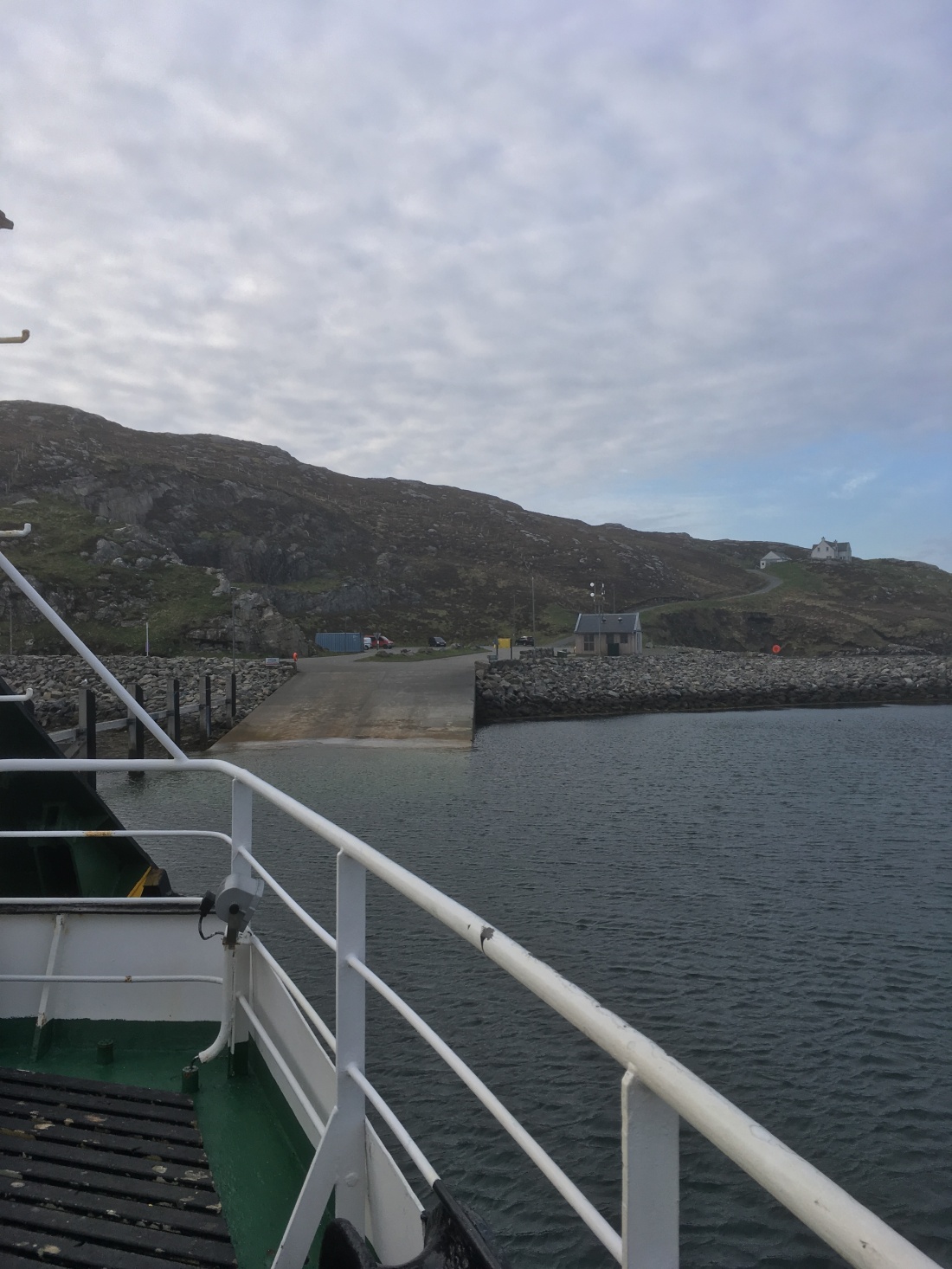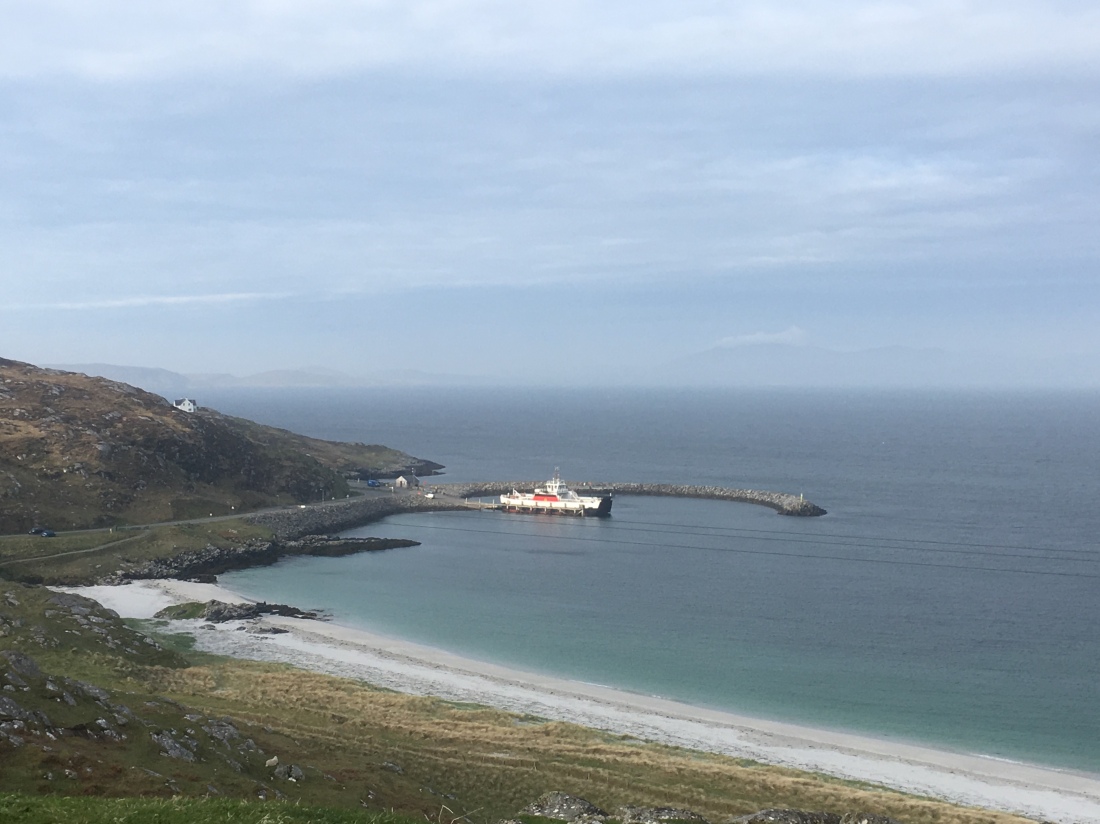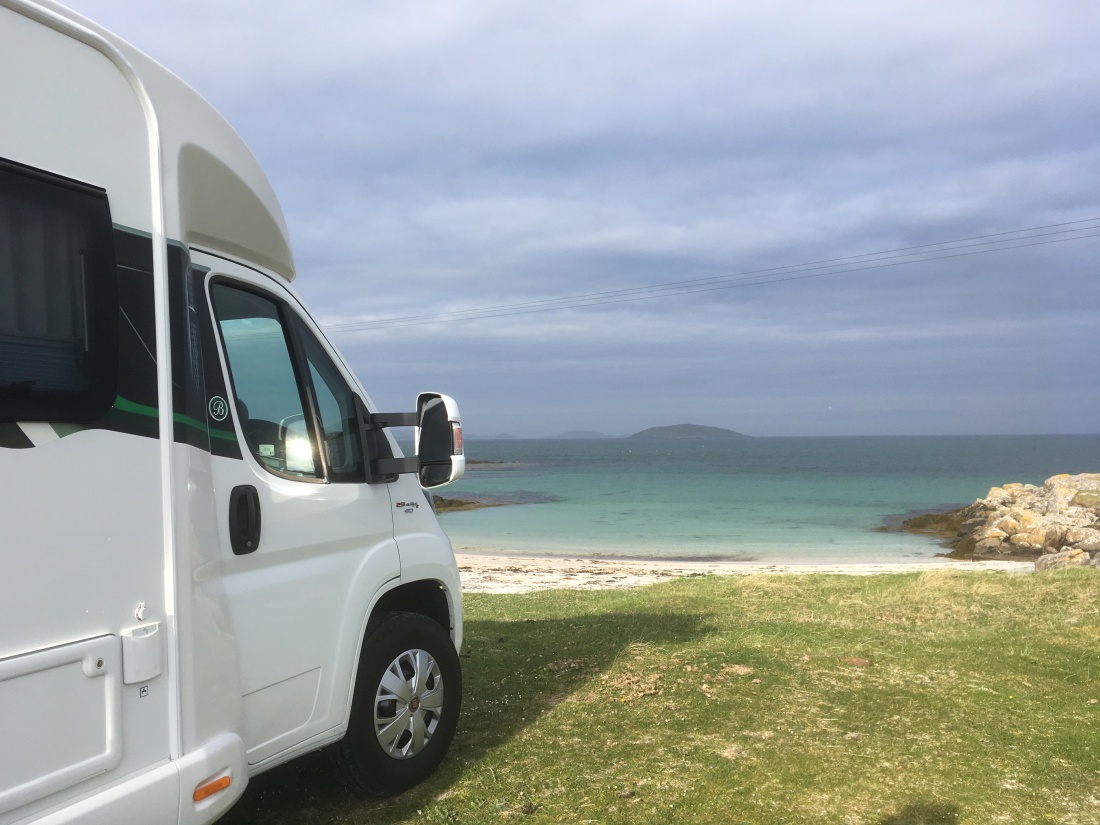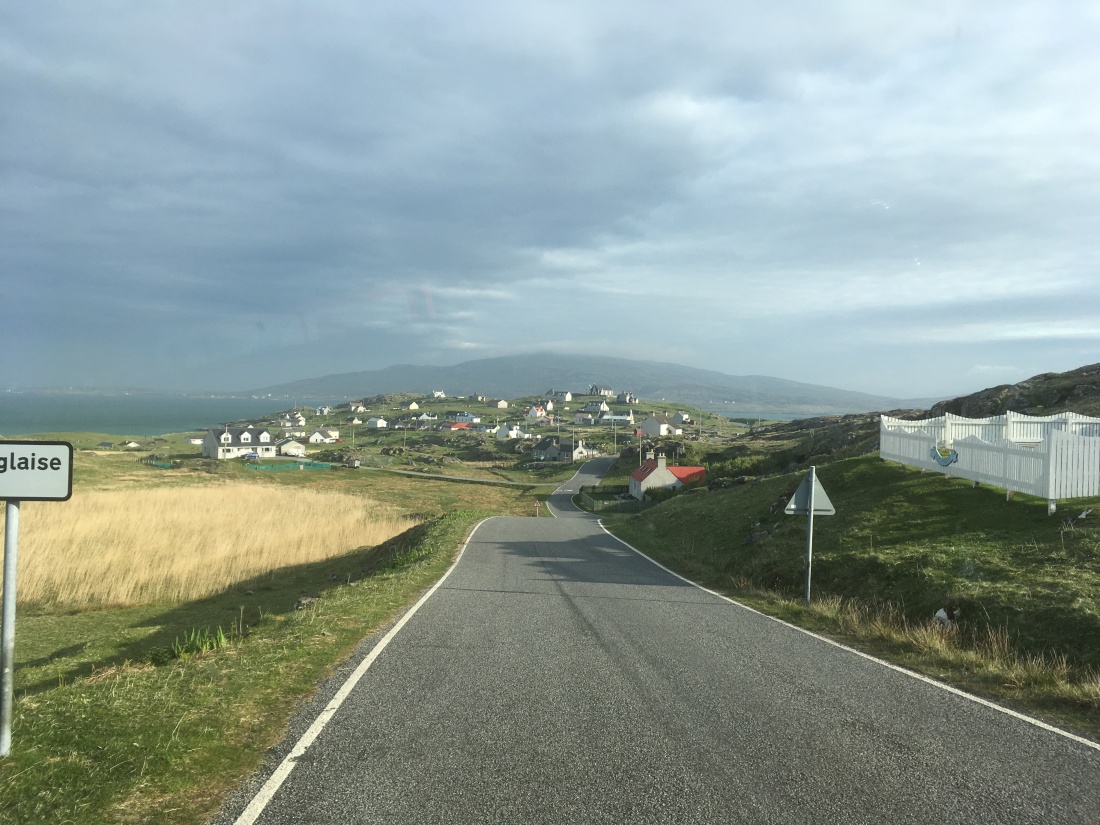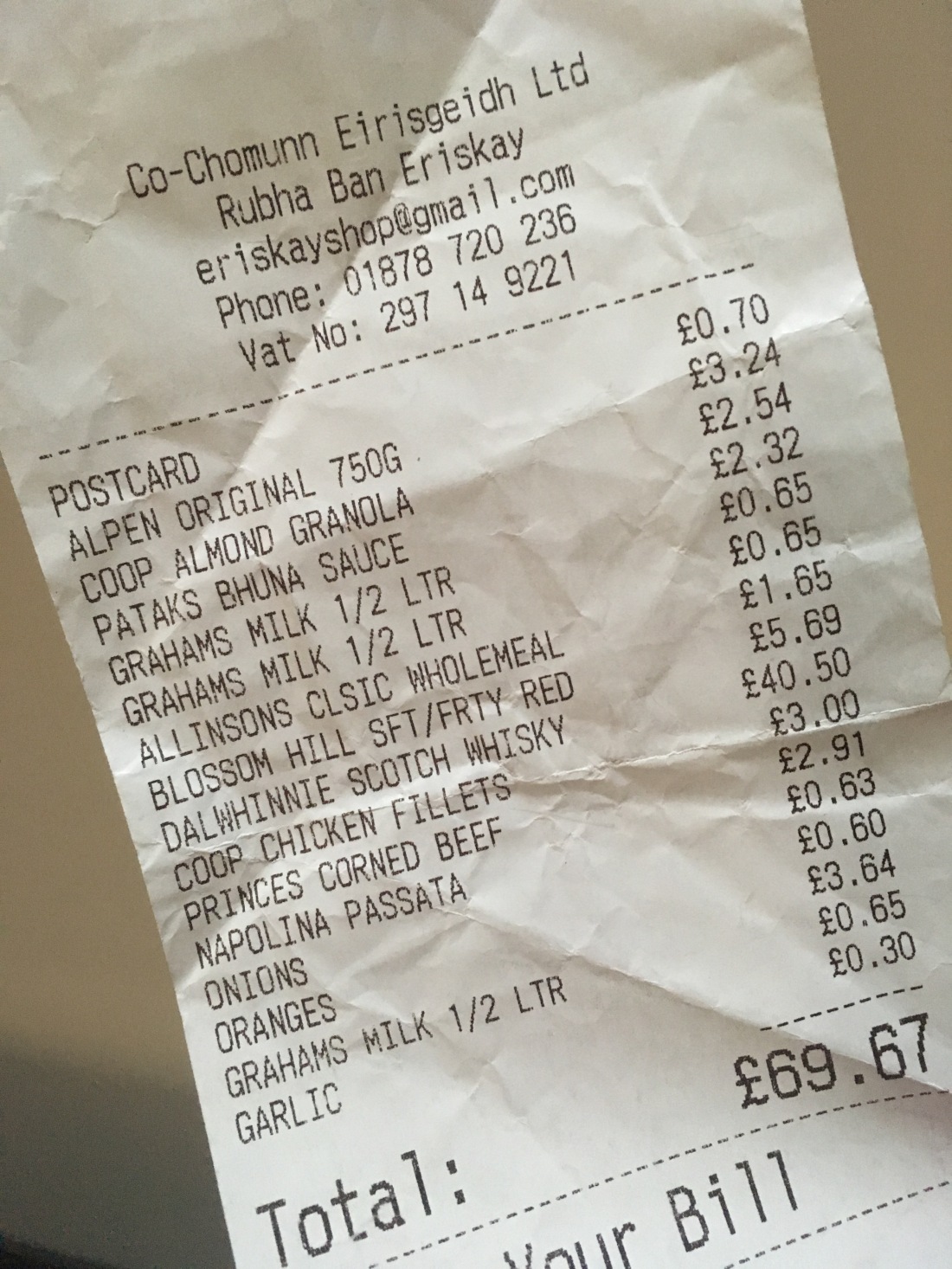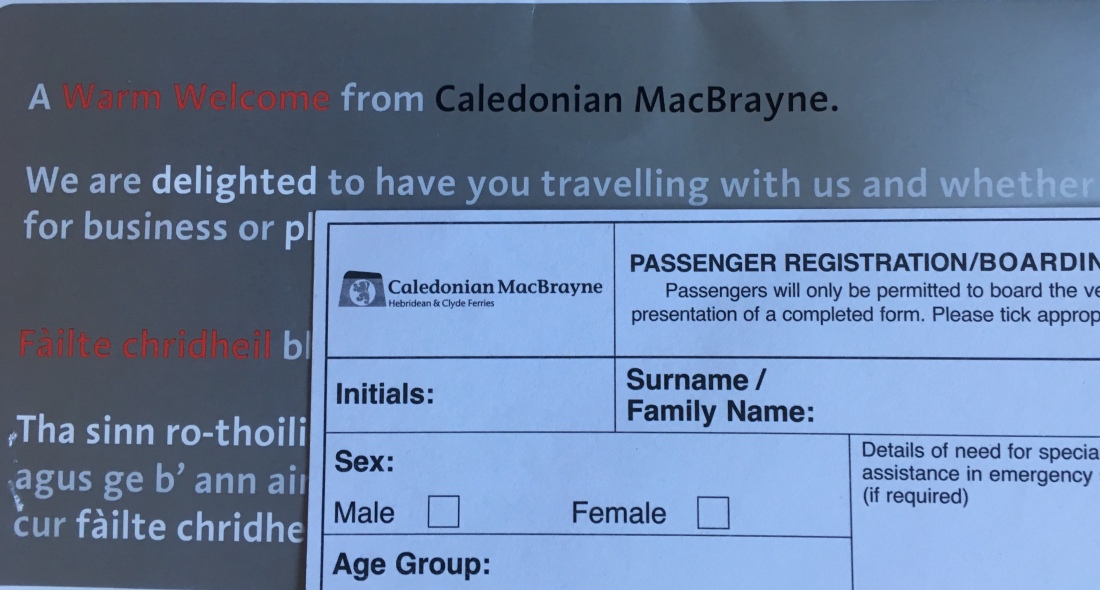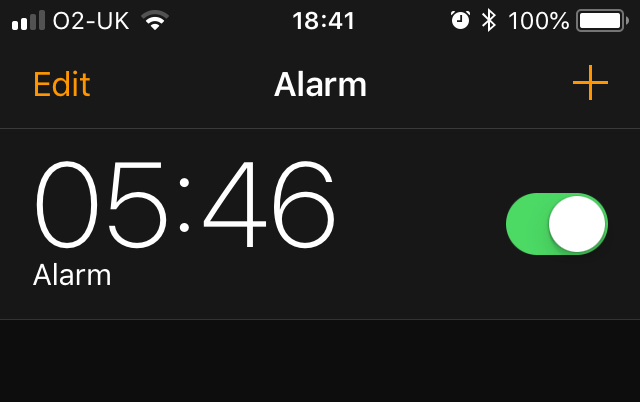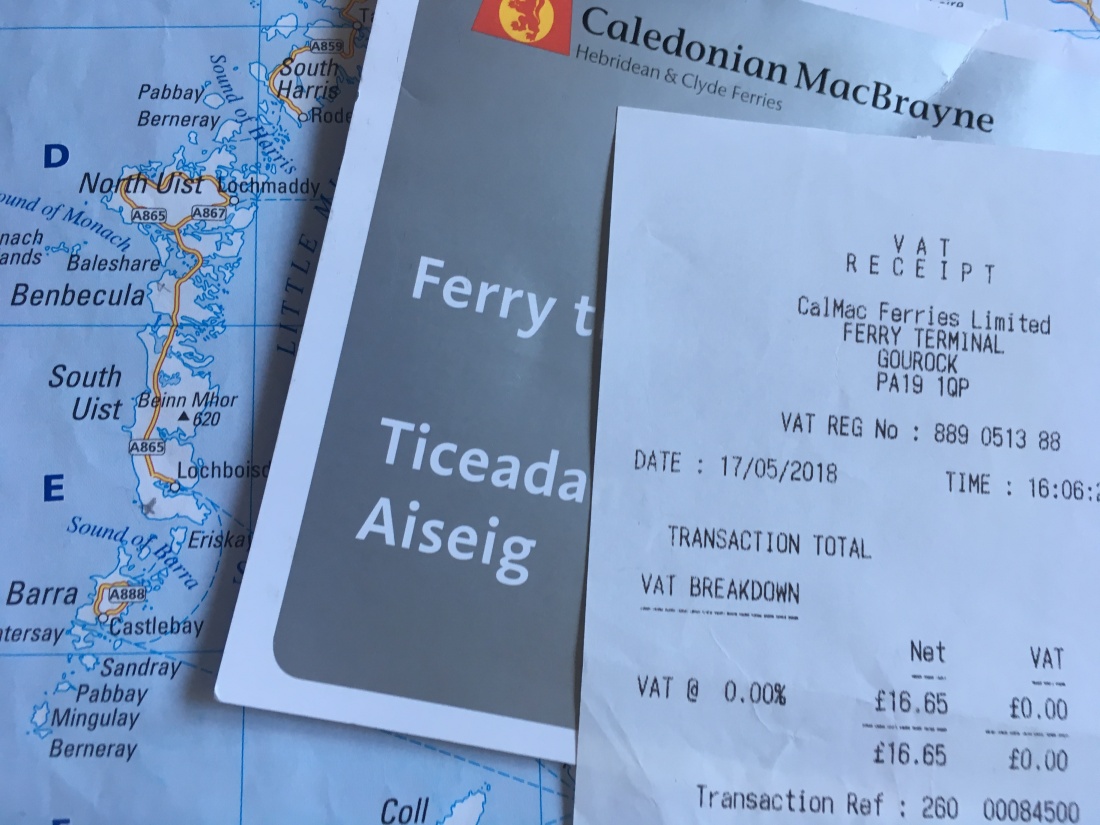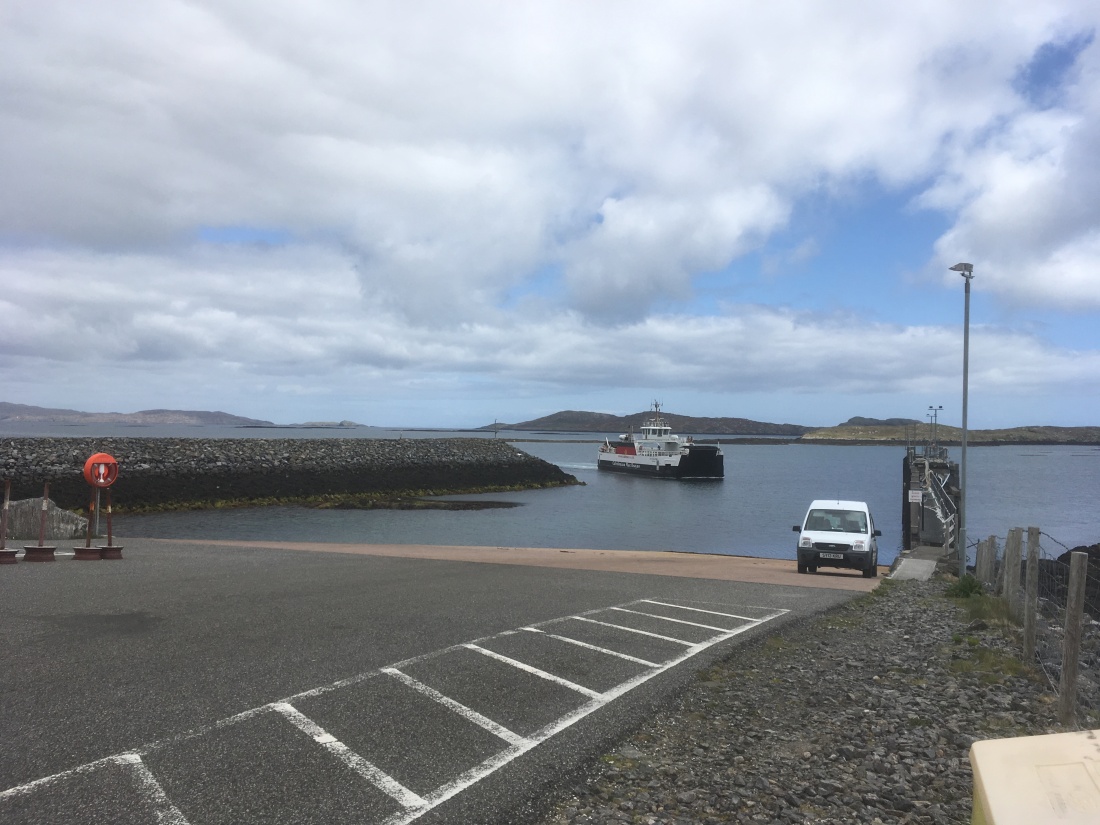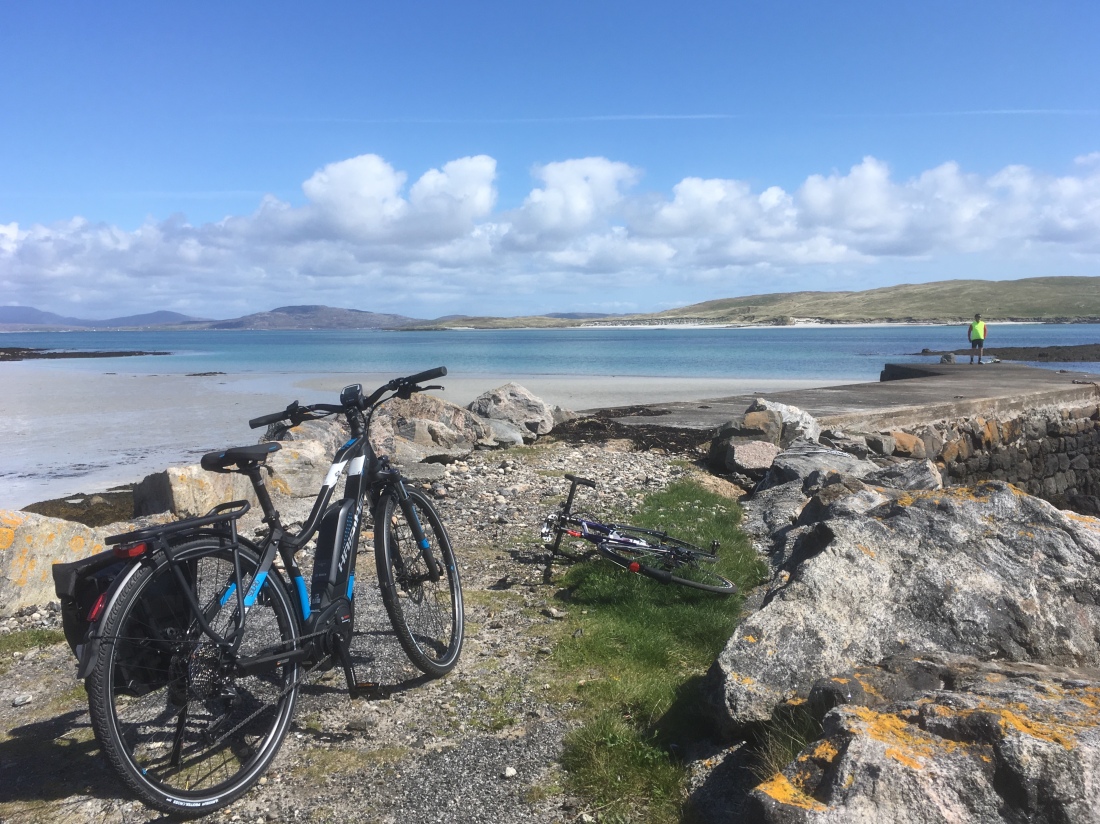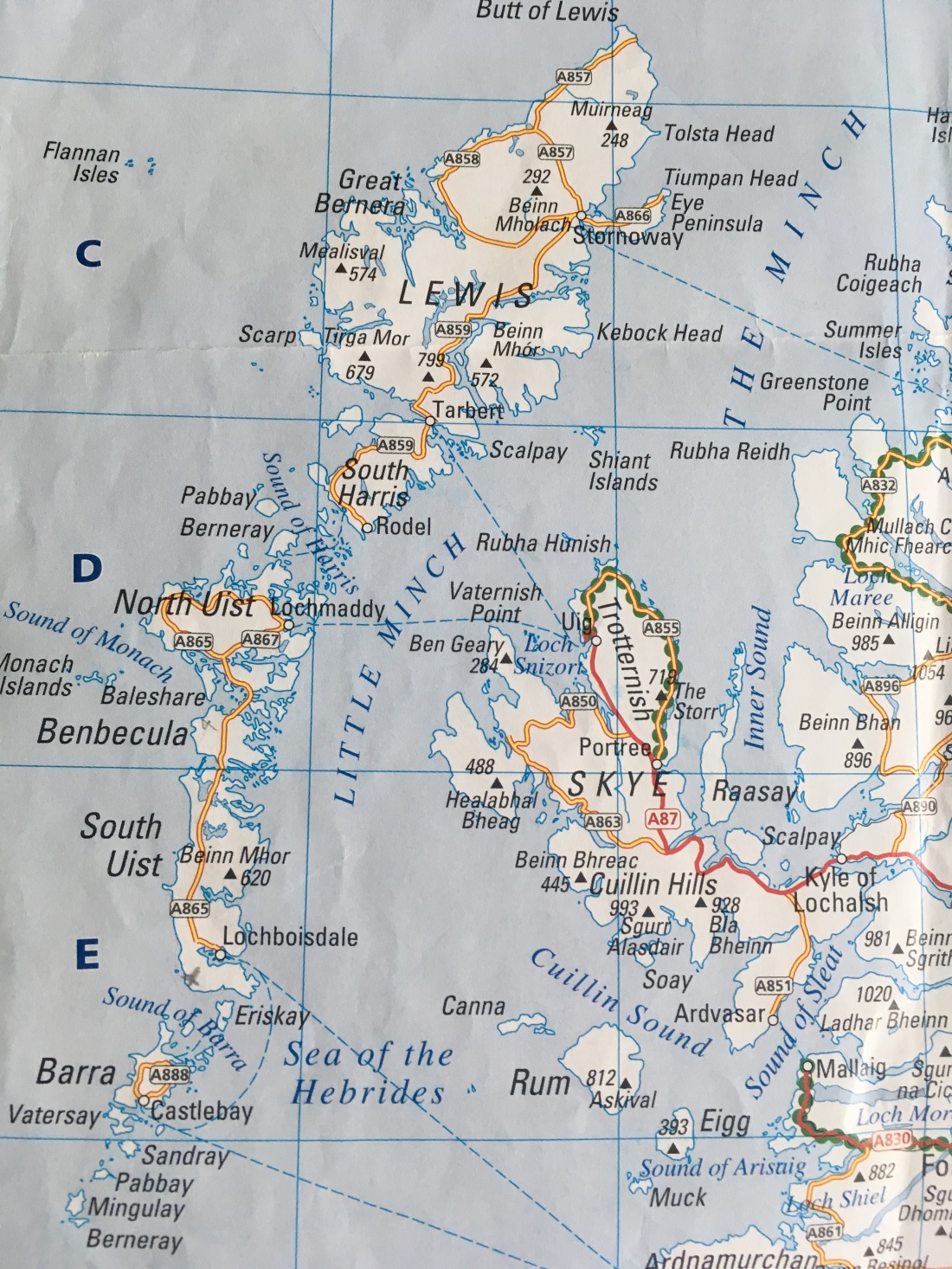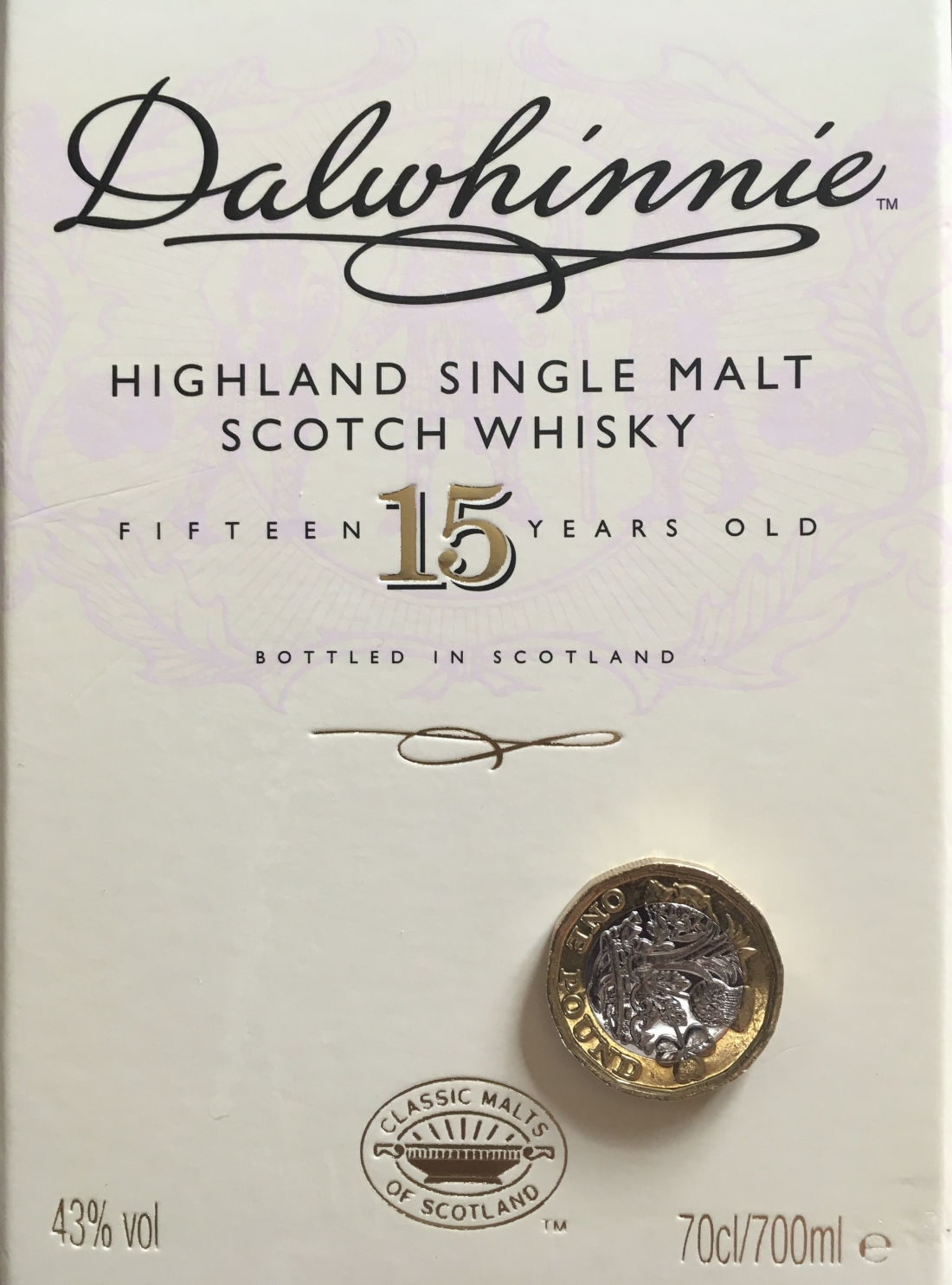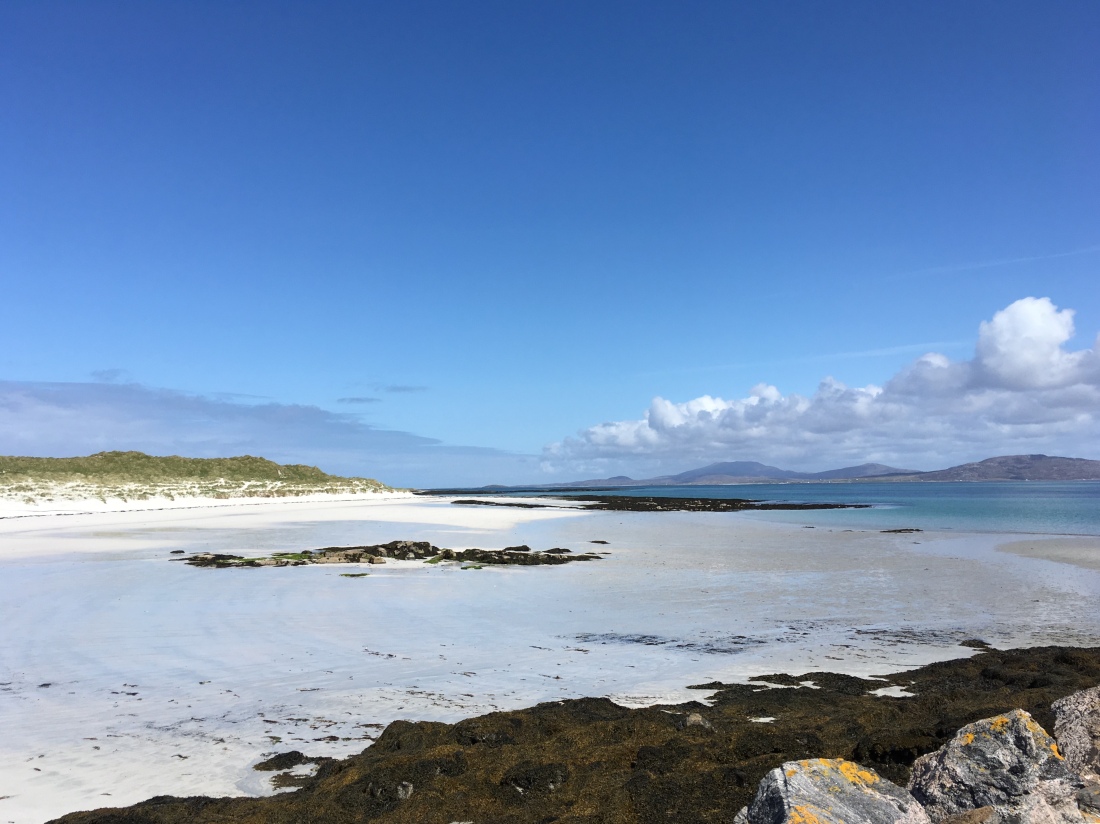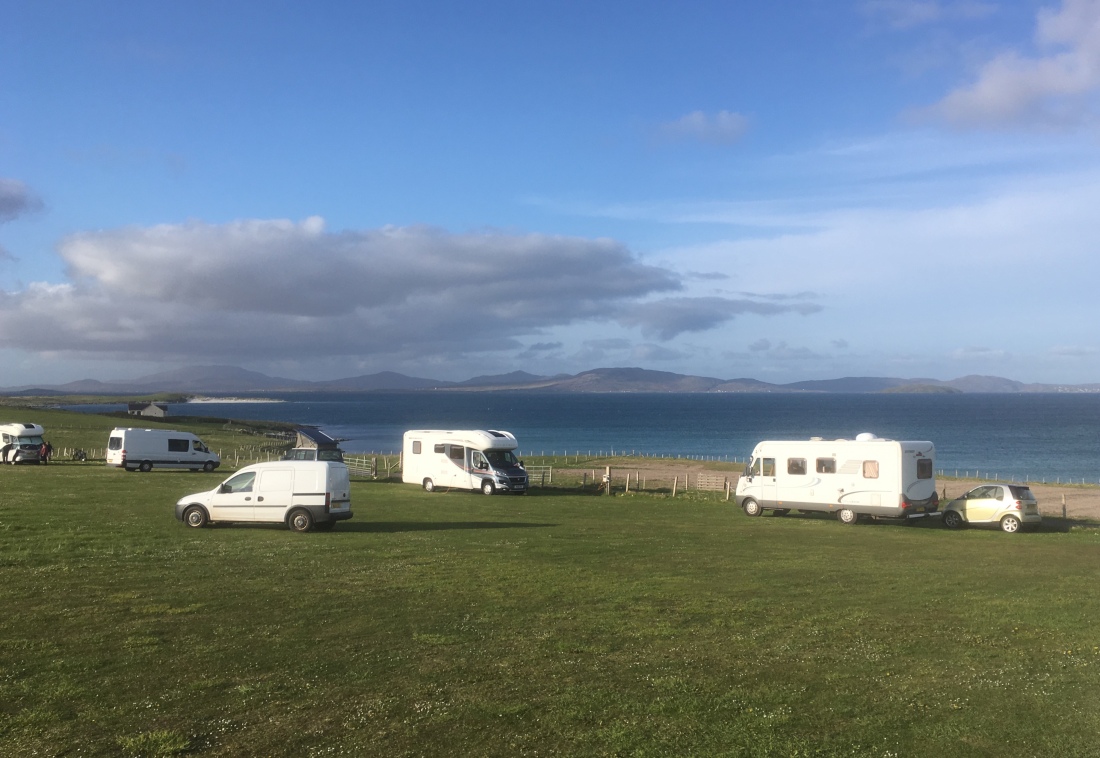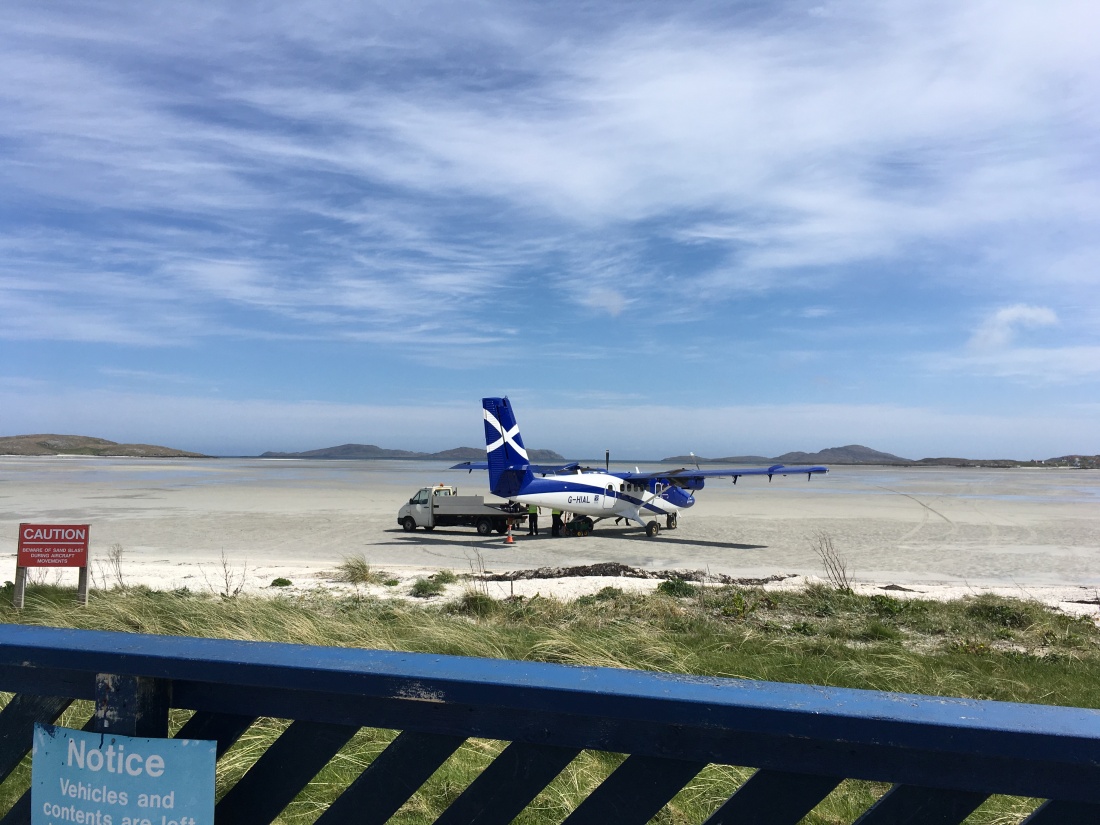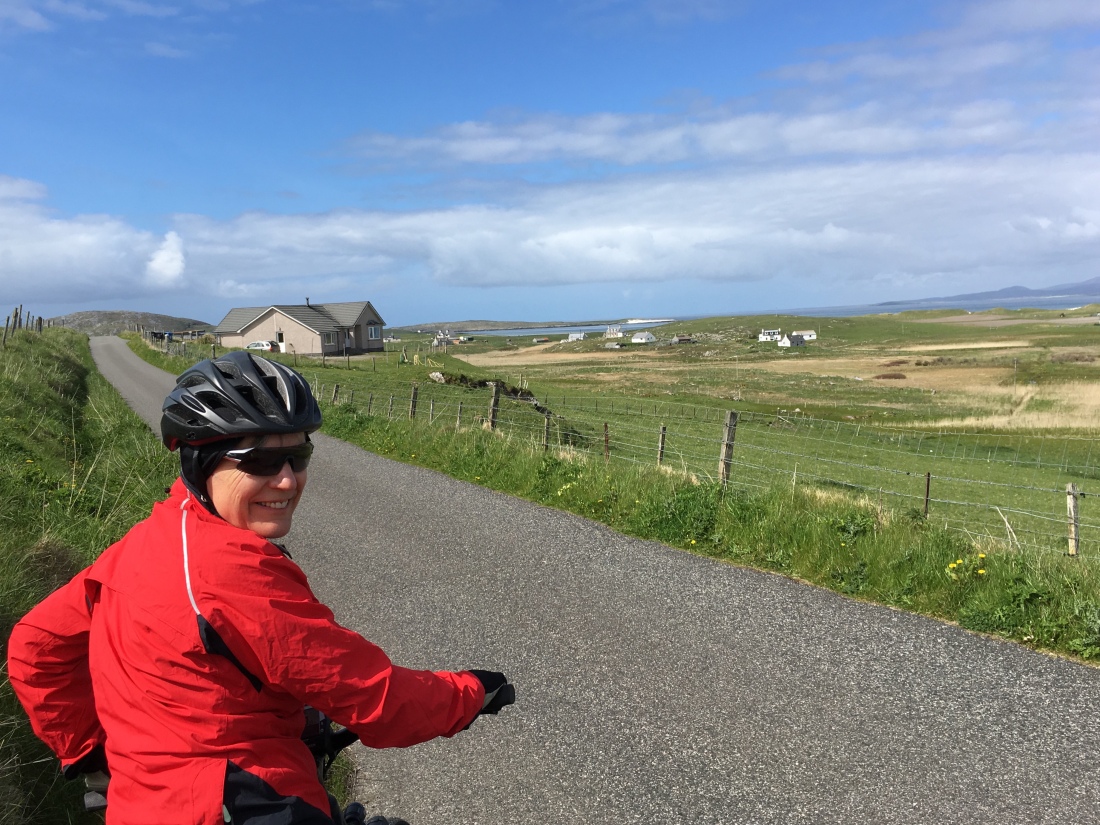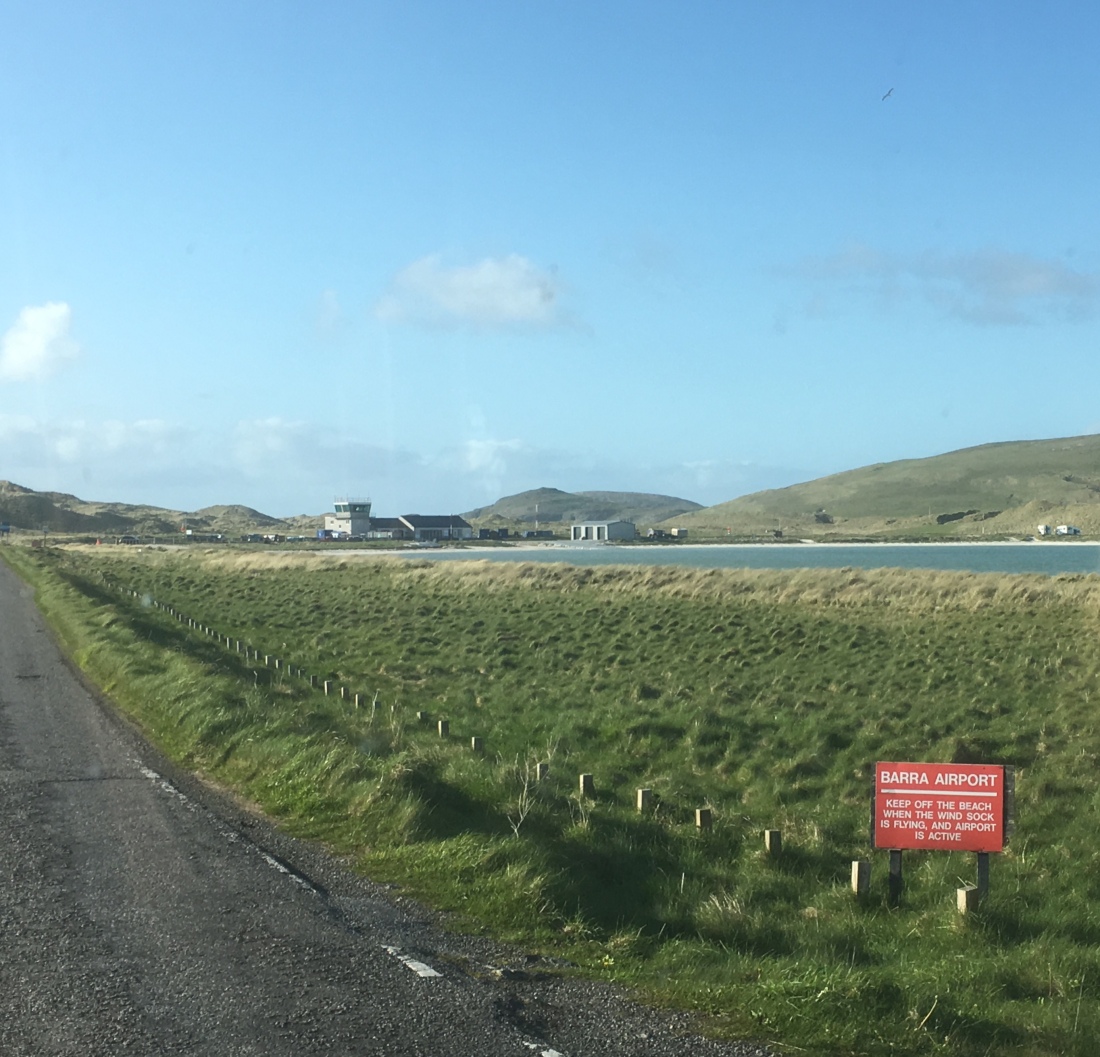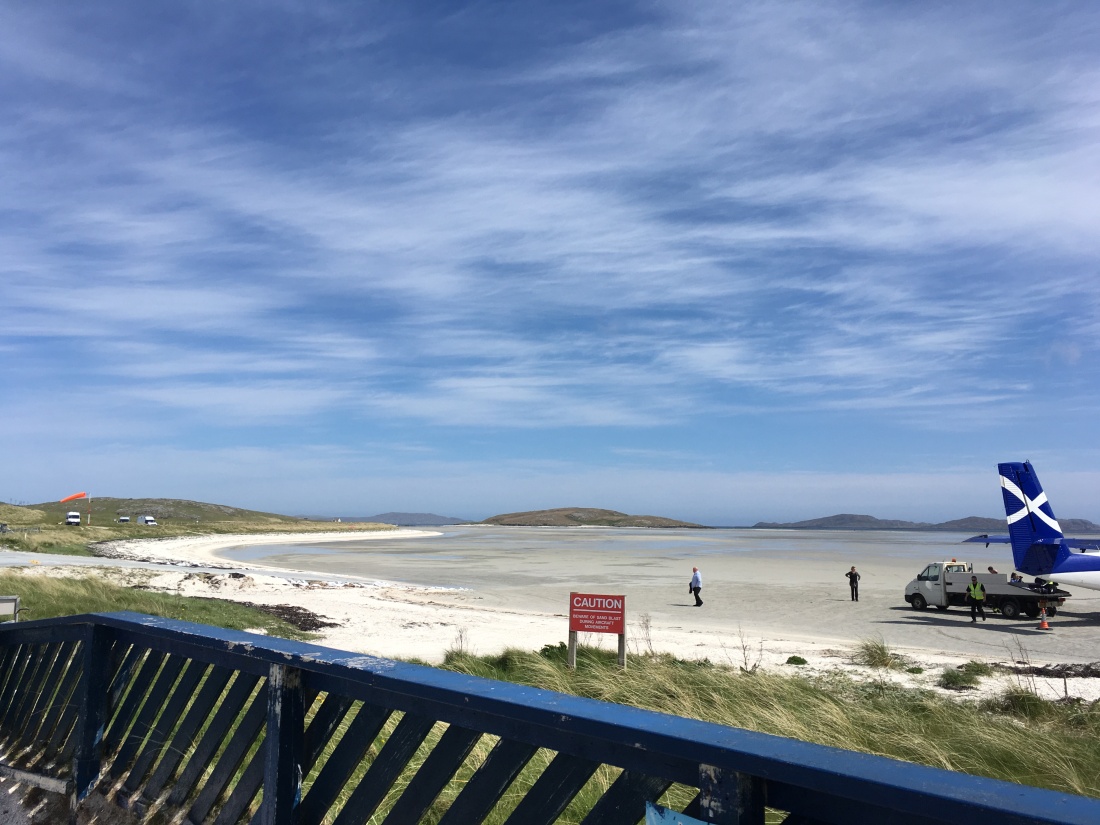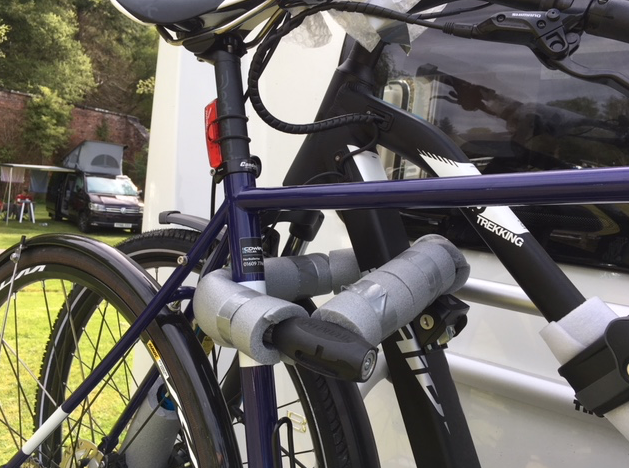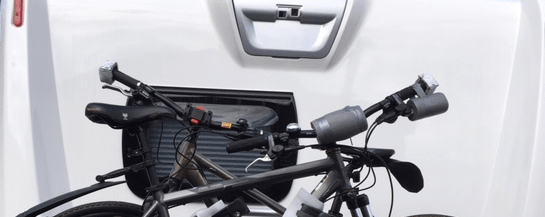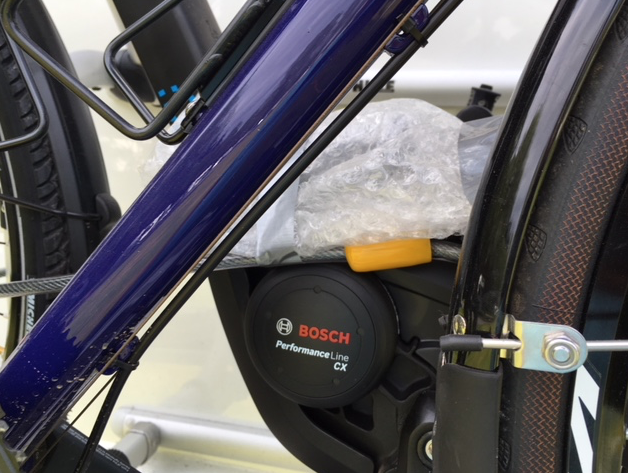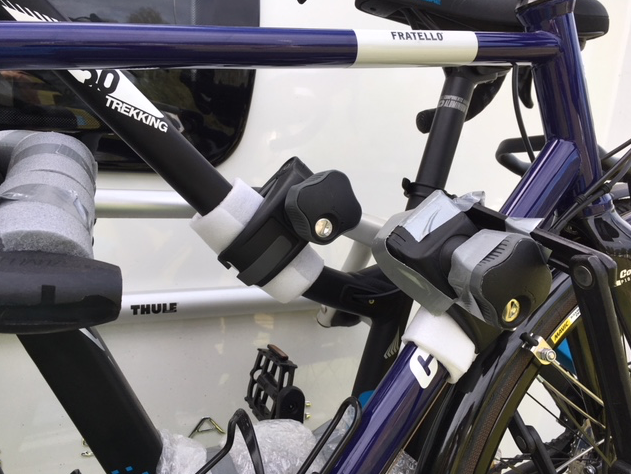Benbecula, which is snuggled between South and North Uist boasts an airport, a fuel filling station, a bakery and the lovely Puffin Studio Crafts gallery, which is a little box of delights well worth a visit and owned by a couple who relocated in recent years from Lincolnshire. It also turns out to be a great spot for beach combing. More of that later..
Please note, there is also more than one supermarket on Benbecula. I mention this specifically as I’ve read online posts of people planning to tour the Outer Hebrides, asking ‘should we stock up with food before we leave the mainland?’ Well just to allay your fears, there are not one, but two supermarkets in this small part of the Outer Hebrides alone, not to mention plenty of other supermarkets and shops right across the Outer Hebrides.
Fear not intrepid travellers, no-one on the Western Isles, either resident or tourist has died of hunger in recent years. Turns out the (lovely and well fed) people who live on these far flung isles, from the tip of Lewis right down to the bottom of Barra also have to eat. You’ll find plenty of supermarkets, community run and cooperative stores and independent food outlets, right along the length of the Outer Hebrides. In fact you should definitely make a point of shopping on the islands, it’ll help the local economy, keep people in jobs, encourage you to try some of the excellent local produce which is abundant in the stores and it’ll make you feel like you’re giving something back along the way.
For those of you planning to visit the islands in a motorhome or caravan, or walking or cycling with a tent, then *Shell Bay Campsite is a handy stop off. There’s a useful list of campsites in the area here. *Shell Bay campsite is sort of on the way, whether you’re heading north or south, it’s just off the road and within walking distance of both the Coop and Puffin Studio Crafts, as well as a nearby hotel where you can get a meal and a drink in the bar.
We arrived at the campsite which from the road looks very open, but is tidy enough and we were warmly greeted by the owners Mr and Mrs Buchanan. Mrs B gave us the run down of where everything was and relieved us of £38 for 2 nights including electric hook up and then Mr B took over and walked us to our pitch, which looked like it was the remains of a concrete base for a building. The site looks like it has been some sort of military base in the past, but the pitches on *Shell Bay Campsite are generous and the facilities are fine, showers, toilets, washing up and washing machines, water, waste and chemical disposal too. (More details of the warm hospitality of the hosts can be found at the end of this blog.)
There were quite a lot of cyclists and backpackers staying in the tent area which is more sheltered and round the back of the facilities block. A group of young backpacking women were staying in tents and as we were filling up with water next to the block we were entertained by an unbridled display of all their youthful exuberance, we watched with amusement as they went through some sort of flash song and dance exercise routine, right there next to the water tap on the grass in front of us and this was all before their forthcoming full day of hiking to their next overnight spot and after their evening in the pub the night before. I admired and admittedly slightly envied their energy levels. Pete asked if he could join in, which sent them into a fit of giggles and we suddenly felt rather old.
When we eventually pulled away in our very comfortable bus, having only walked as far as the toilet block and back that morning, we did feel just a teeny bit guilty, but secretly pleased that we could carry all our stuff in our home on wheels rather than on our backs.
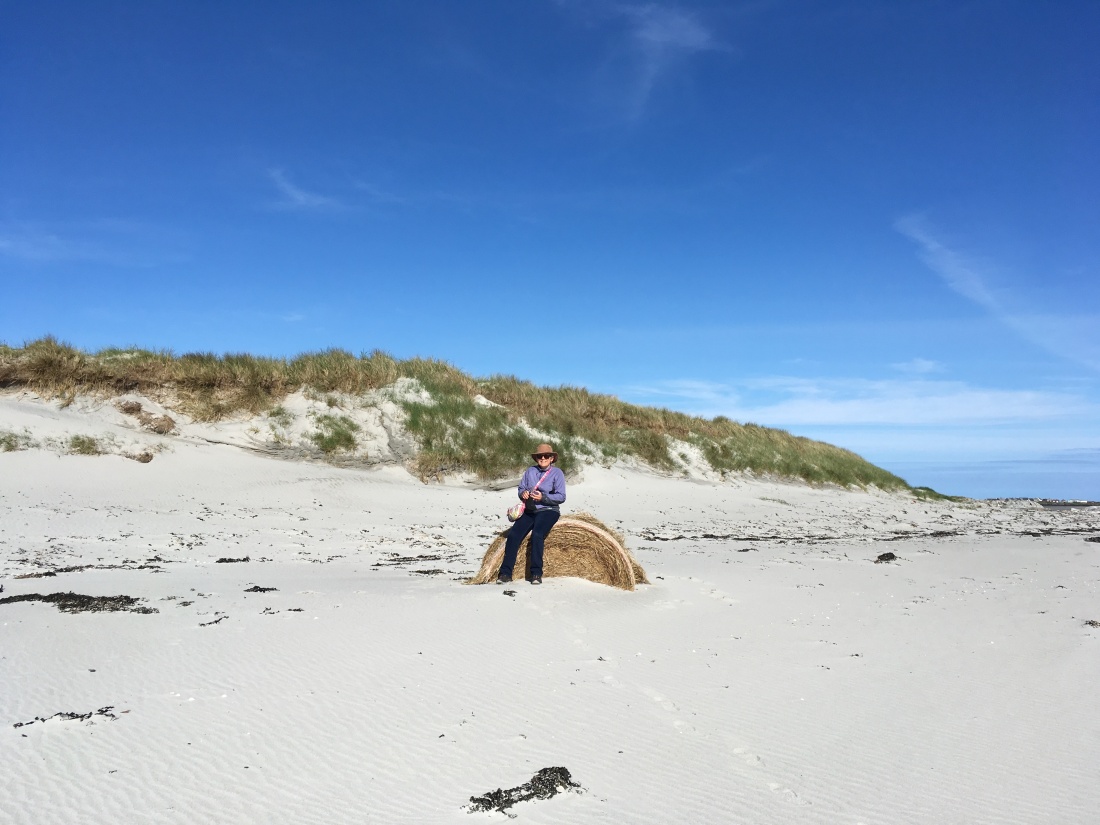
By now we were starting to repeatedly cross paths with other travellers who were all making a similar journey heading in the same direction as us, south to north. The beach is just a couple of minutes walk from the back of the campsite over the dunes, where you might see seals basking on the rocks just out in the bay and where we spent a lazy day on one of our favourite pastimes – beach combing.
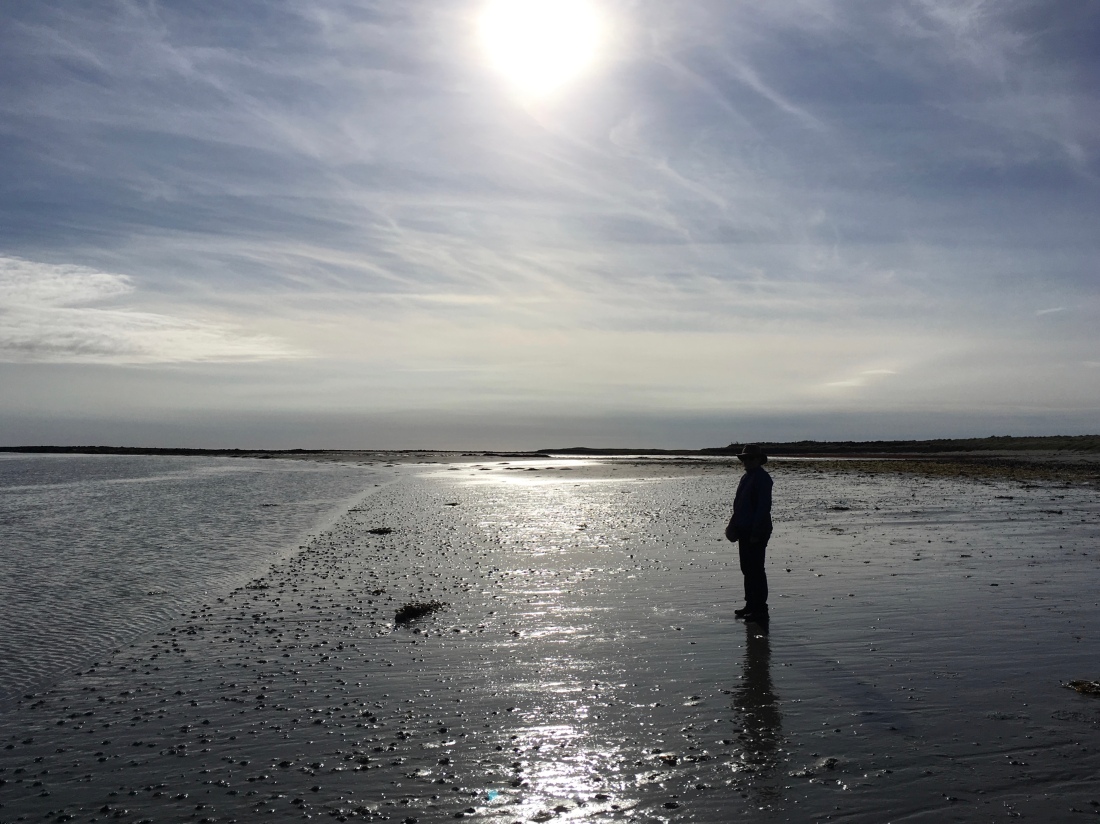
It’s amazing how many hours you can pass, dawdling along, just staring head down at the sand and pausing every so often to examine more closely one of the millions of tiny pieces of treasure washed in by the changing tides, all stretched out in a line along the beach . It’s certainly theraputic and quite a meditative activity, with the sound of the sea lapping at the shore and the cry of sea birds wheeling overhead.
Occasionally we break our silent and solitary contemplation to compare the hauls we have carefully cupped in our hands and then after a bit of discussion we’ll discard the bits that aren’t that good after all and decide maybe we’ll keep just one tiny shell each, or a little piece of drift wood that’s shaped like something familiar and then we’ll pop it in our pockets to take home. There’s an unwritten rule that this one piece shouldn’t be any bigger than a finger nail, as we certainly don’t want to add to the payload on our motorhome with ‘treasure’ from our travels.
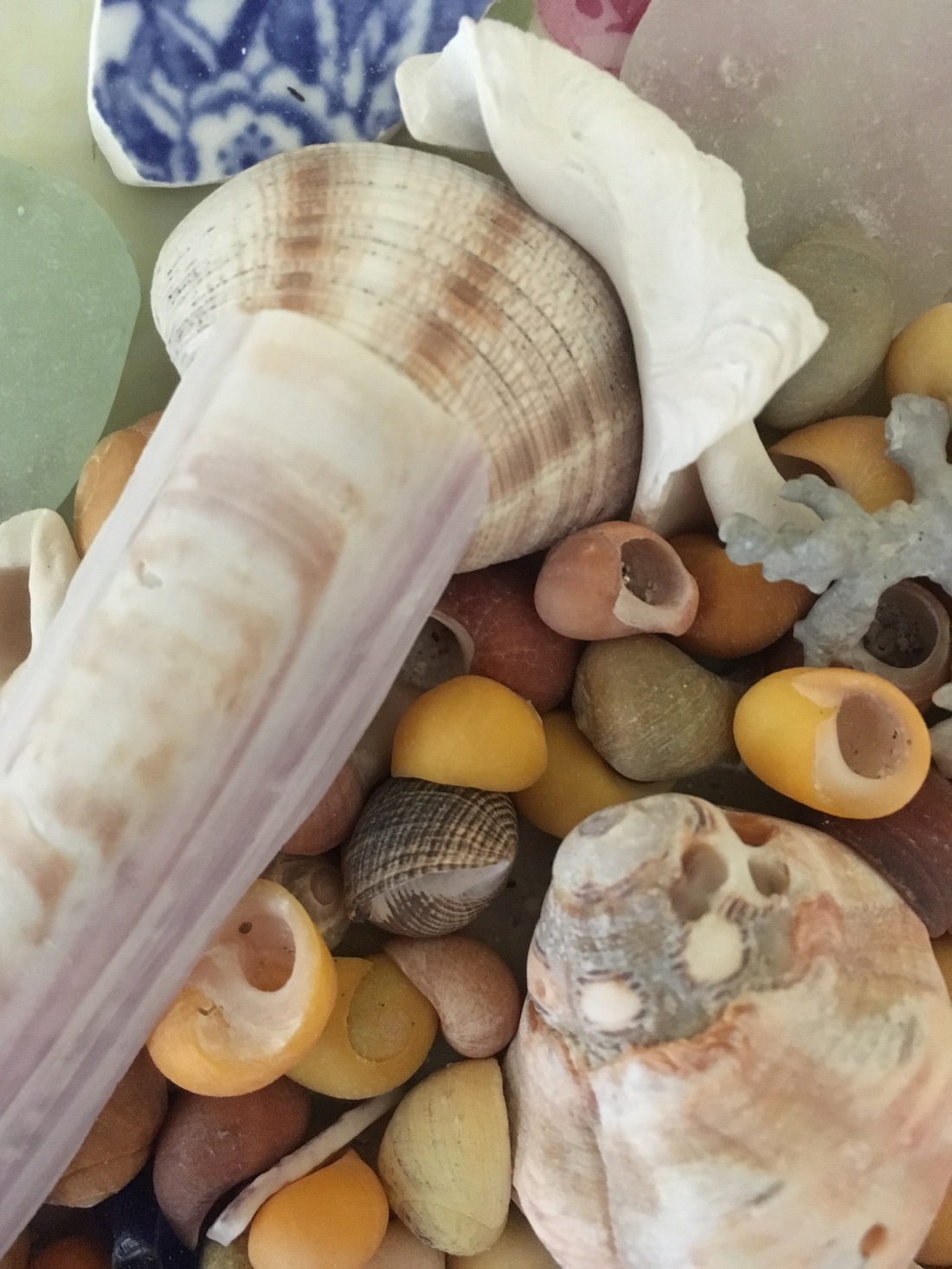
It was on this beach that we discovered something altogether bigger and more exciting than mere shells. We found the wreck of an old barrel sprawled out on the beach, split apart by the ravages of the sea and cast up on the shore where we found it. It was partially submerged in the sand and all around the barrel were bits of bottles in shades of blue, green and clear glass glinting in the sun. The more you looked, the more you discovered, many of the pieces were no more than a chunk of a heavy base or the broken neck of a bottle. They looked like they were mostly medicinal or alcoholic and it made me wonder where they’d come from, which ship they were on and who were the people on the ship that this haul had come from? We found one perfectly preserved Boots the Chemist bottle, which I imagine originally would have had a cork bung sealing in the long gone remedy inside. This is a great find.
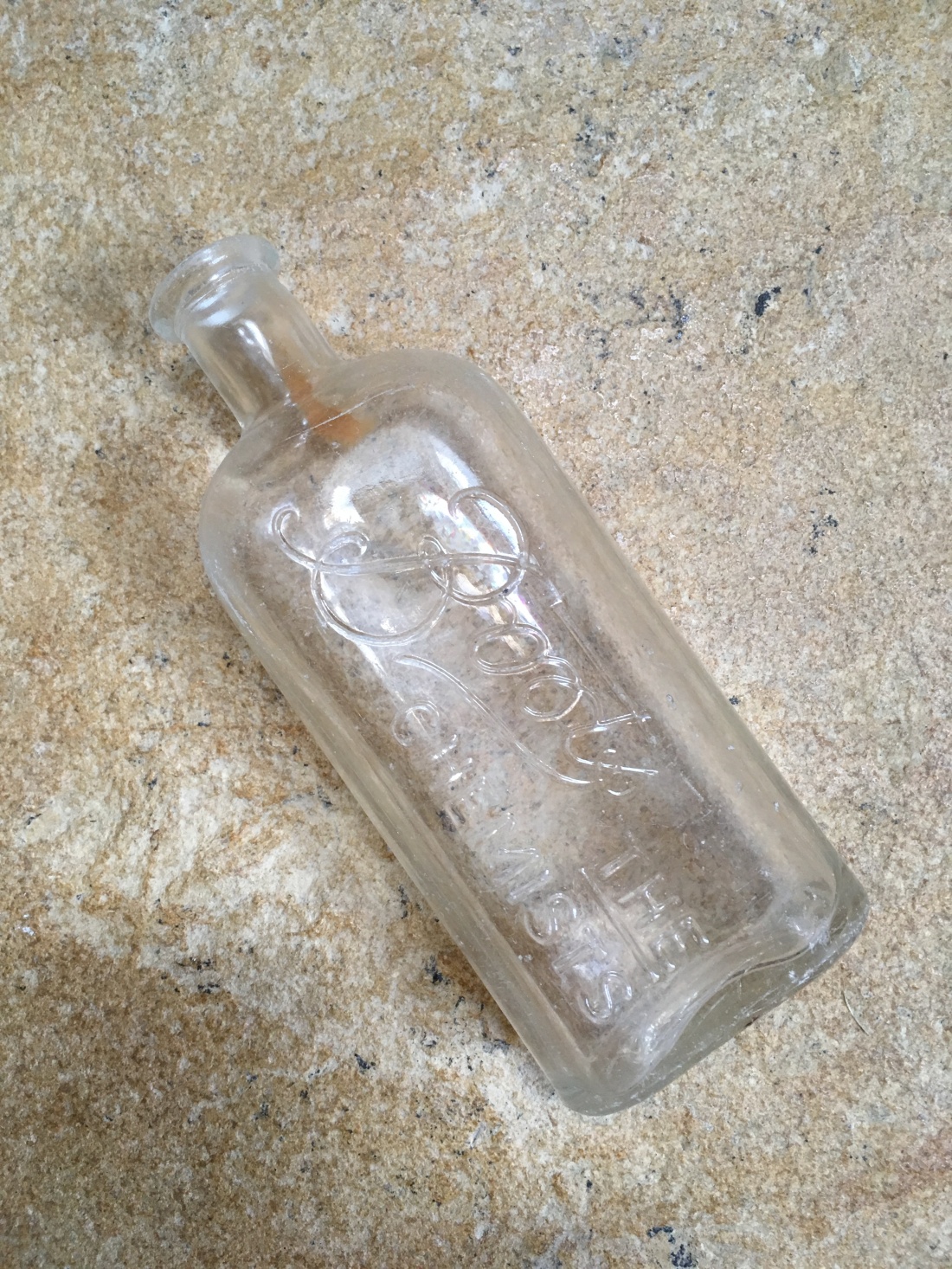
Some would say a day of doing nothing in particular is a day wasted, but that evening walking away from the shore, back across the dunes to the motorhome with sand in our shoes, salt in our hair and a shell or two in our pocket, we reckoned that it’s not a bad life is it?
*If you’ve enjoyed reading this and would like to hear more about the hospitality of the Shell Bay Campsite owners and in particular Mrs Buchanan’s generous offer of a French Fancy, then head over to the highly entertaining blog of An Oldie Outdoors, who is far more hardy than us and did the Outer Hebridean trip on foot. Click here for the link.
